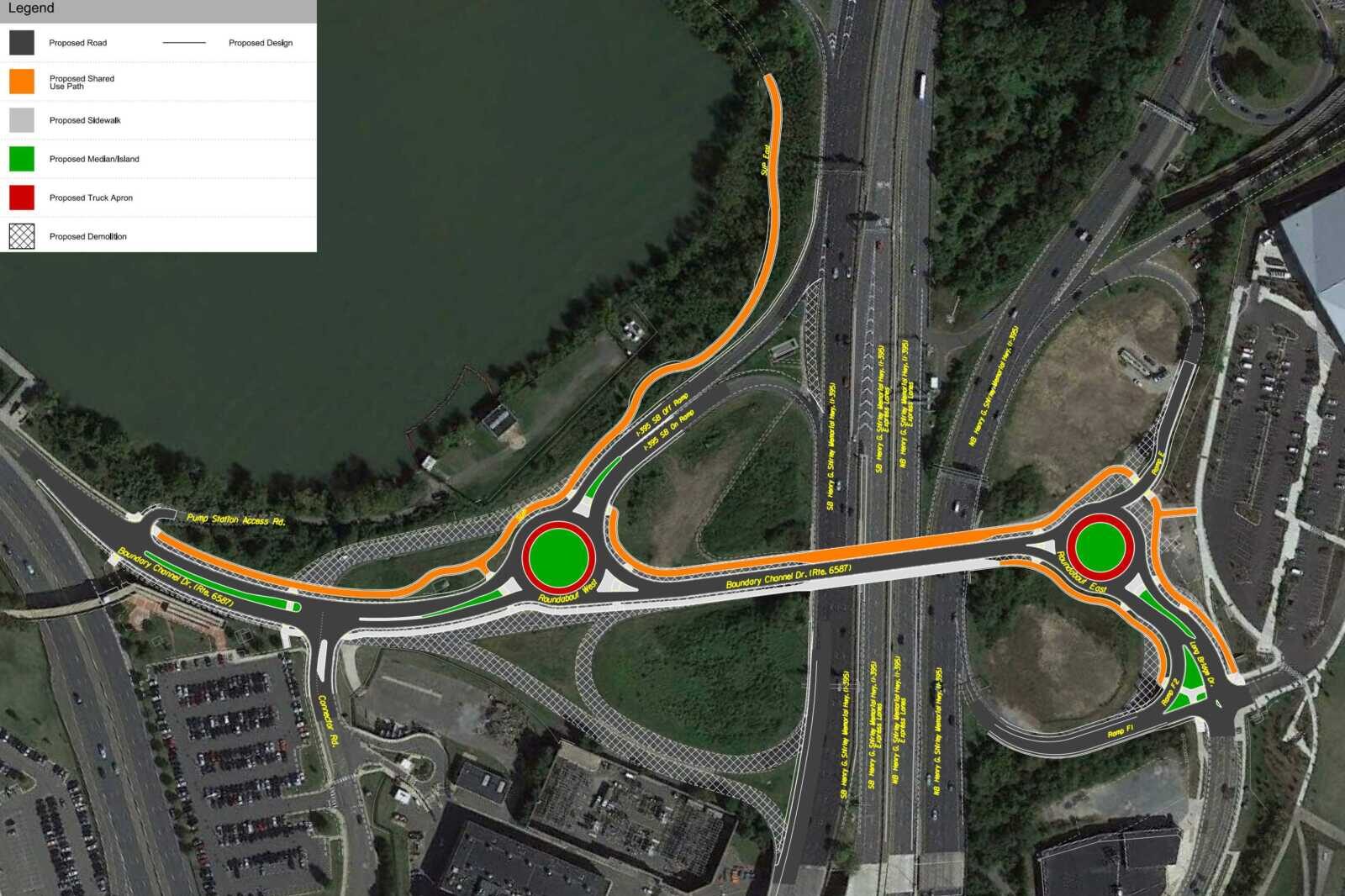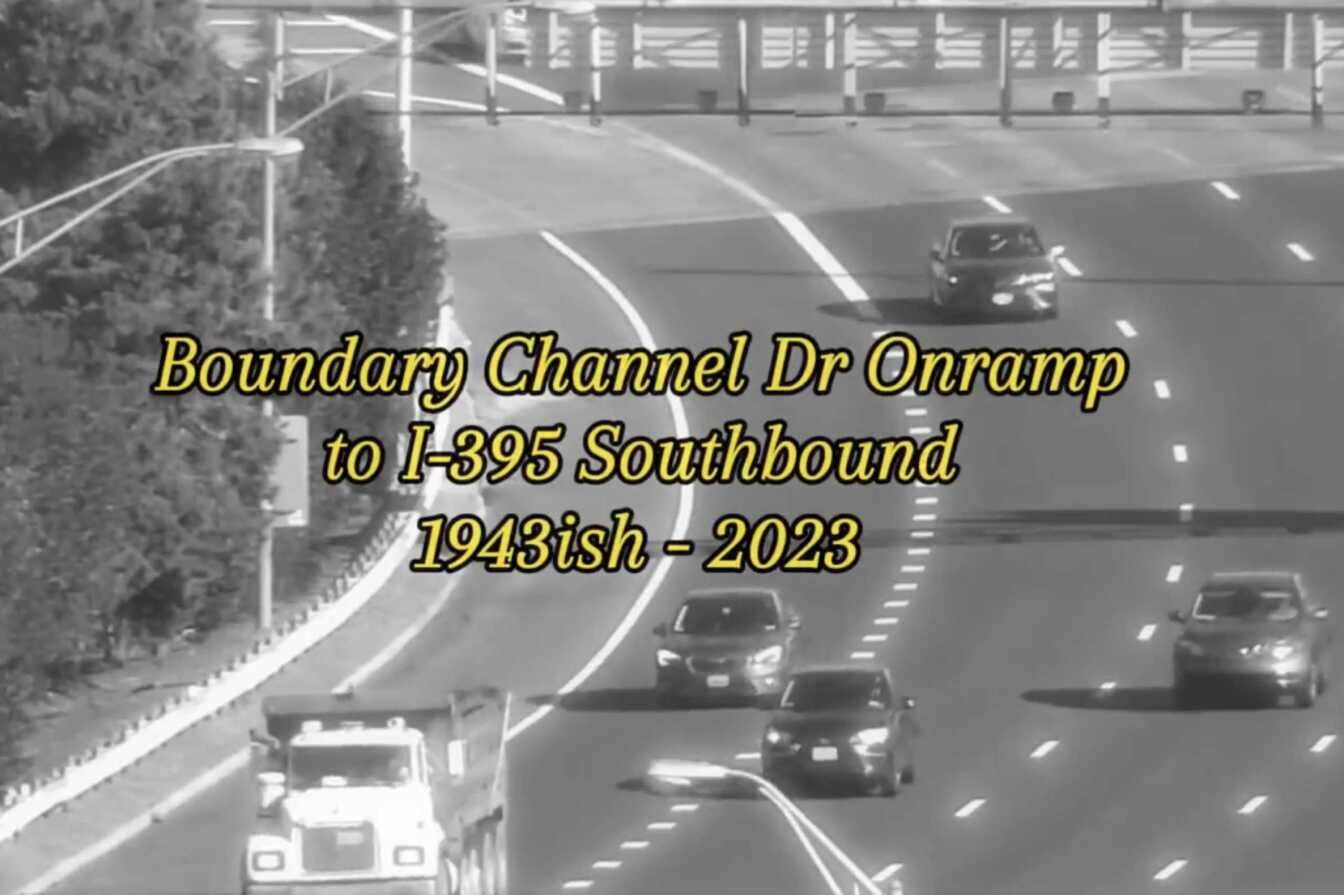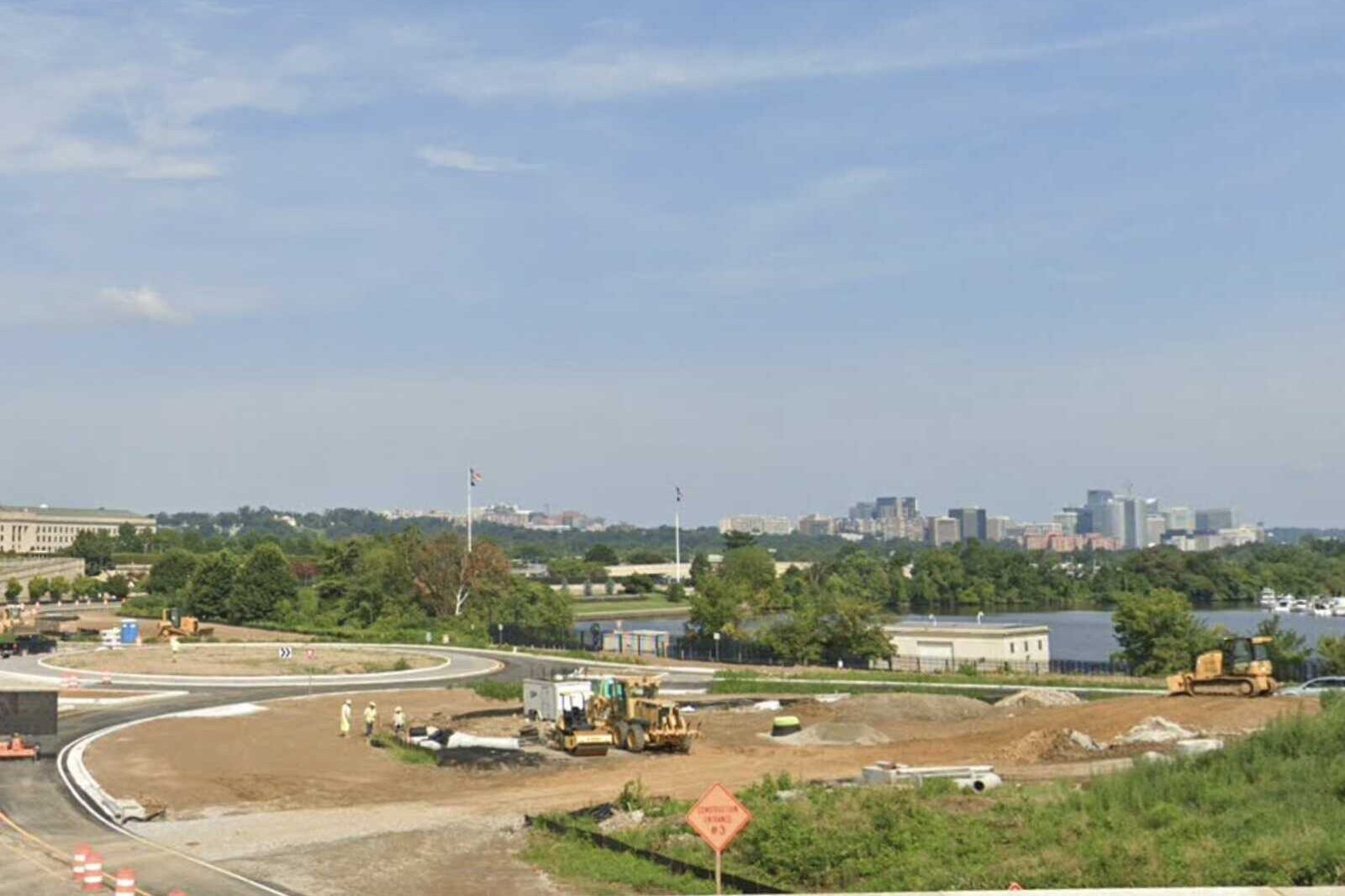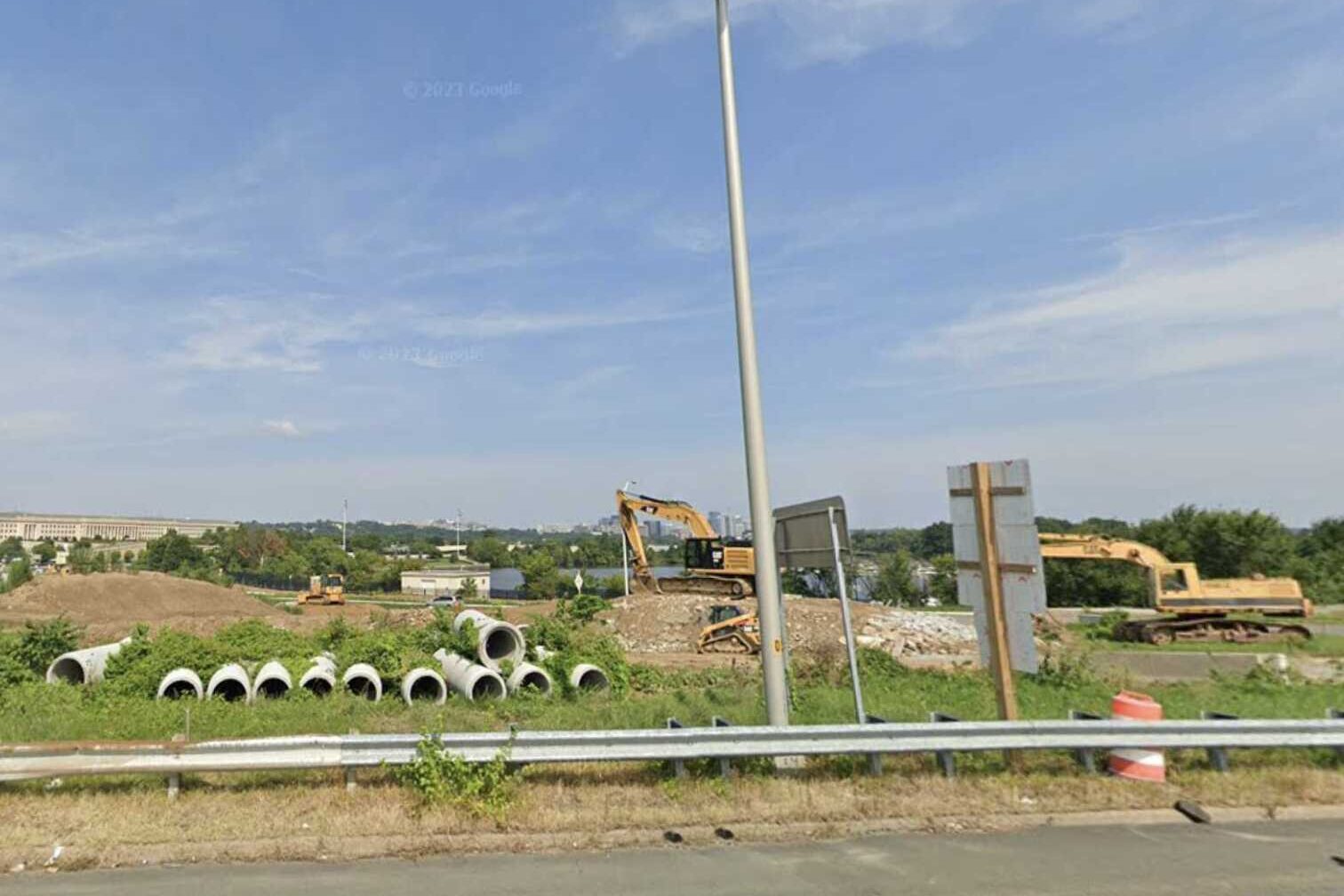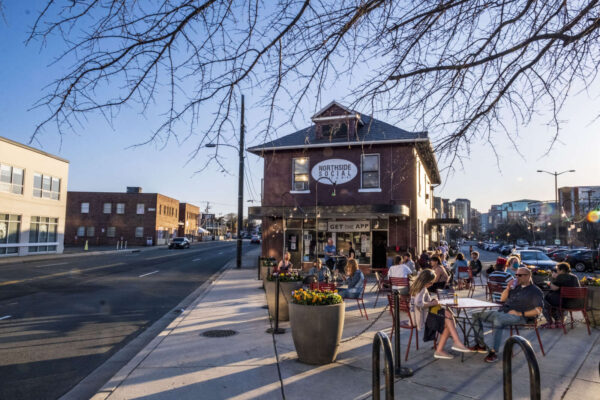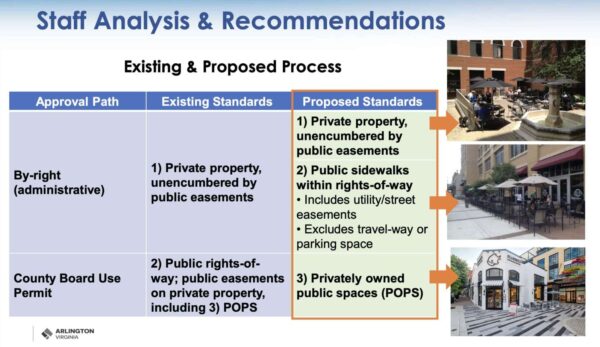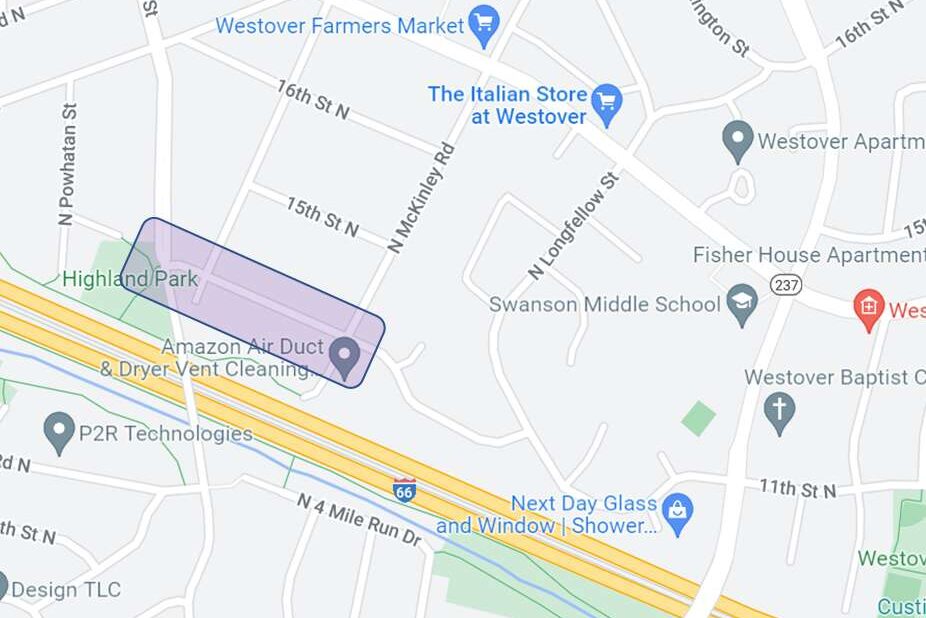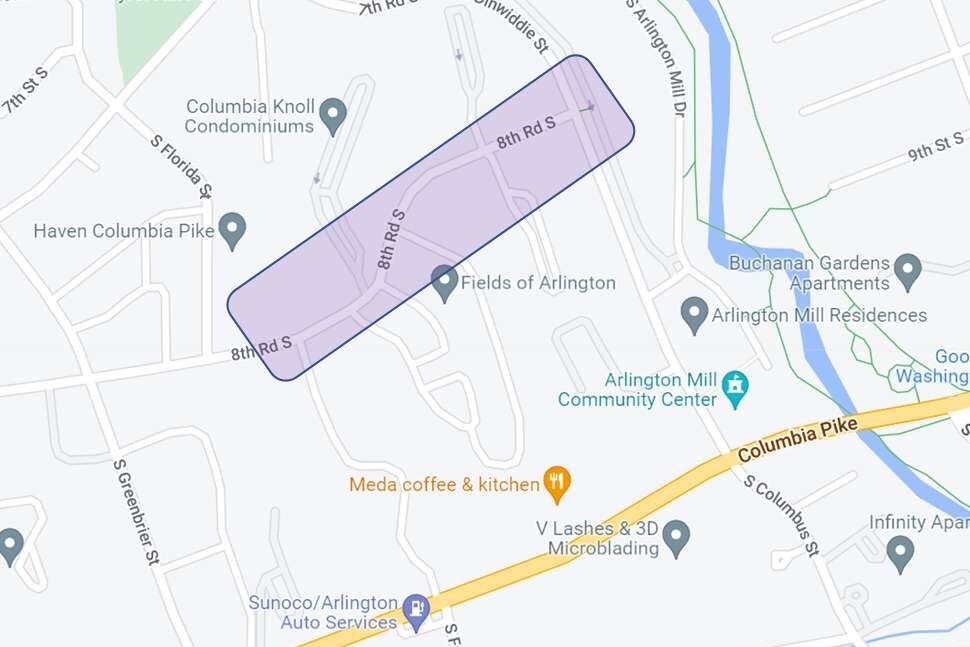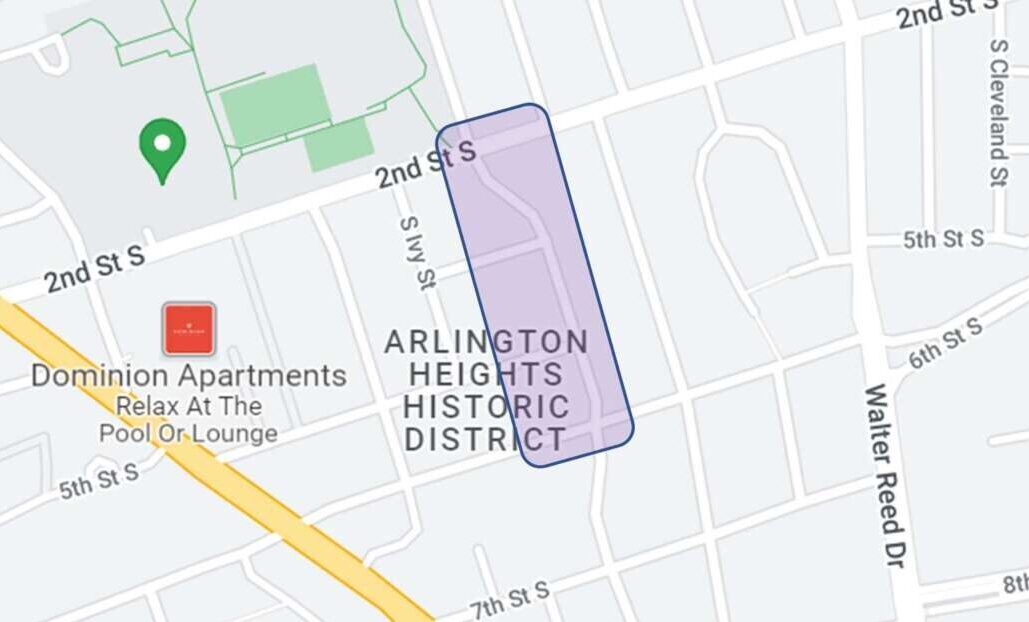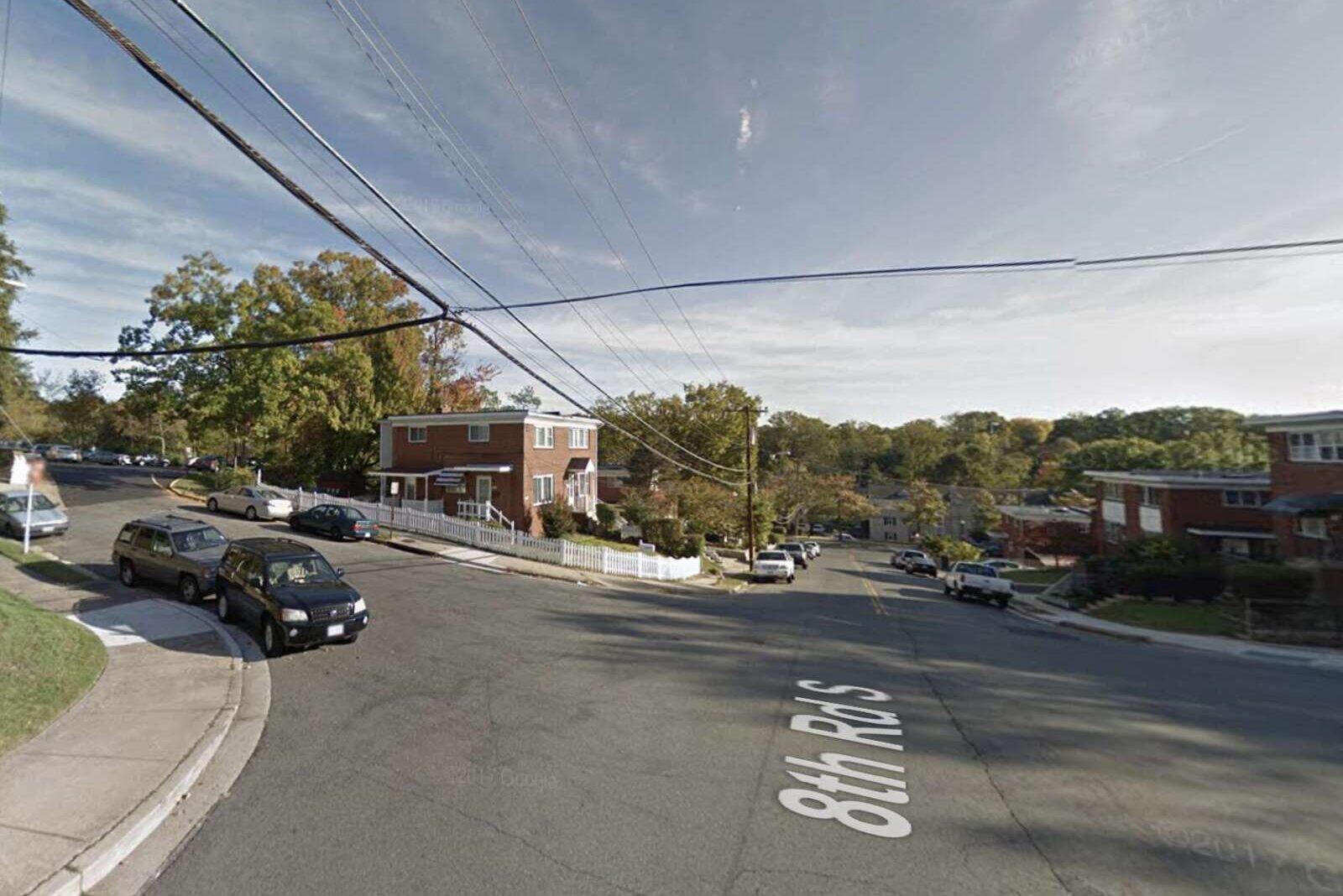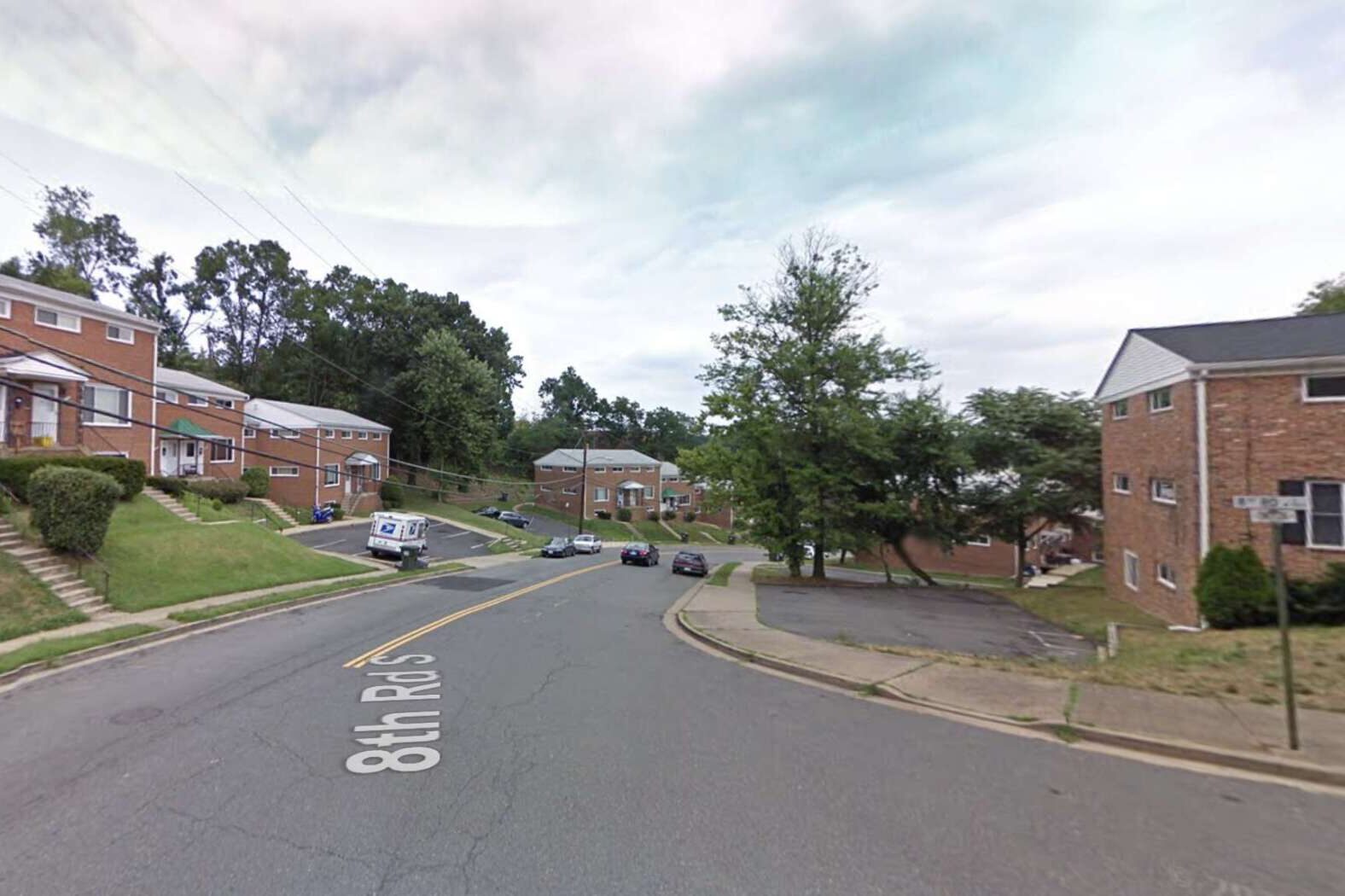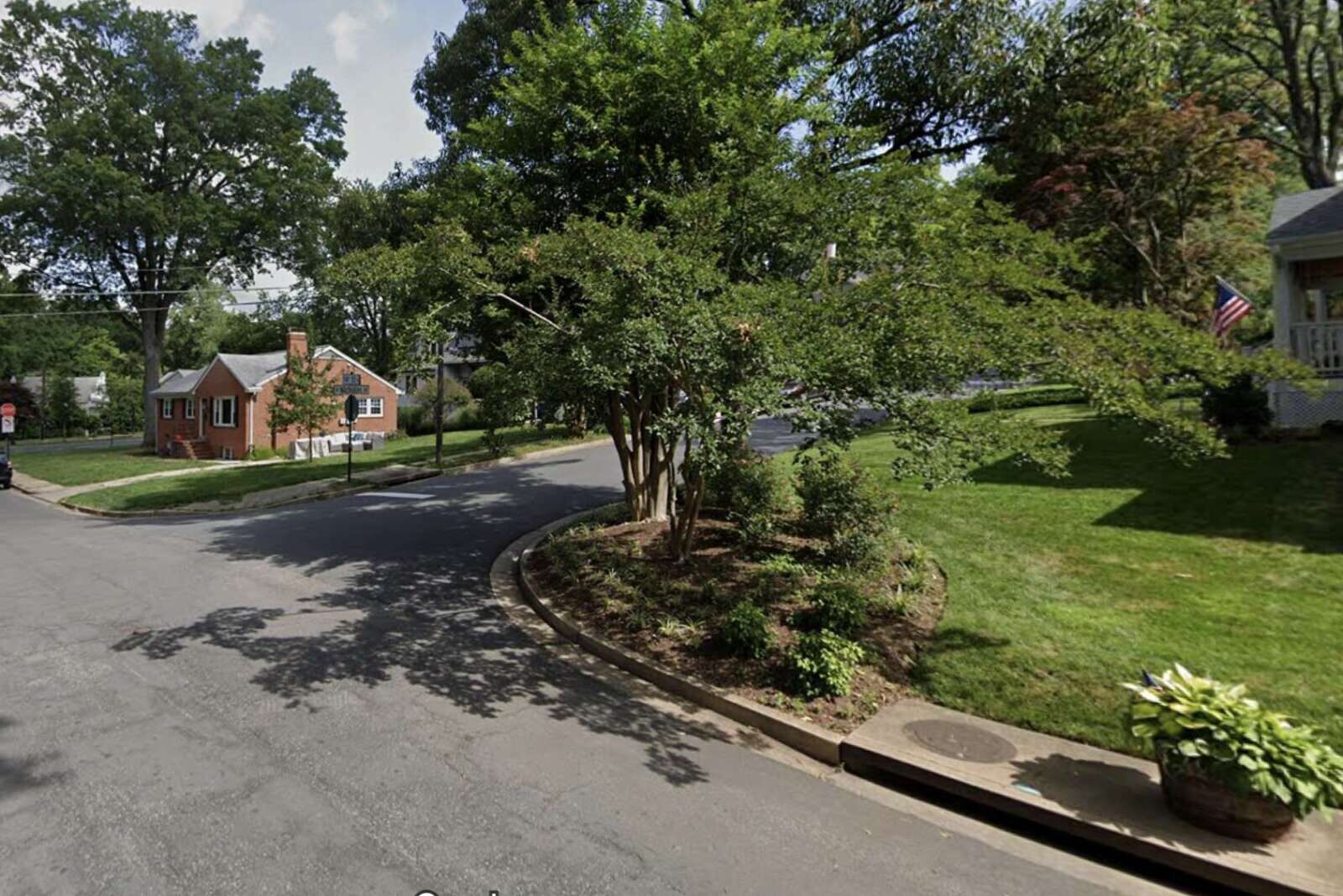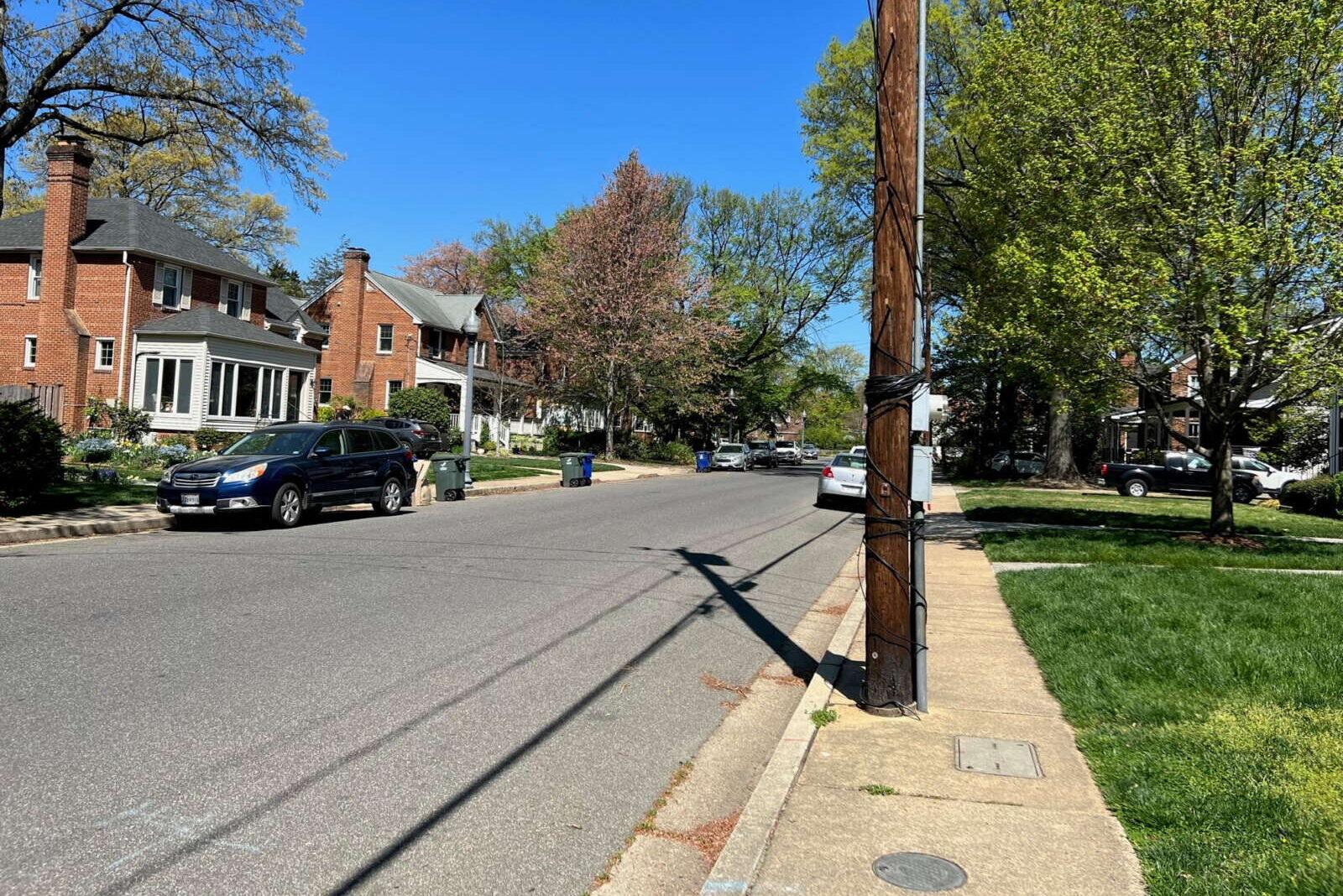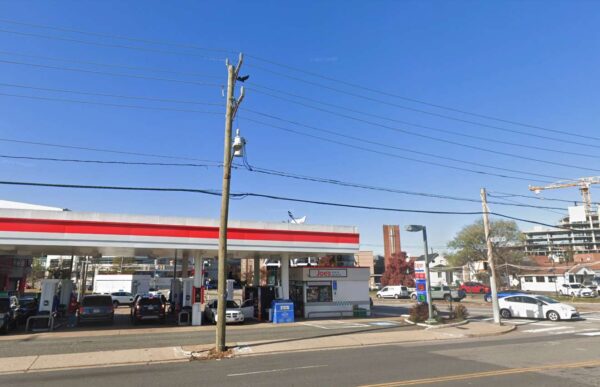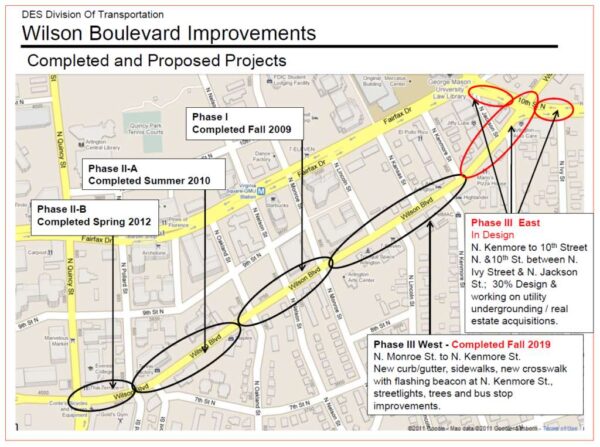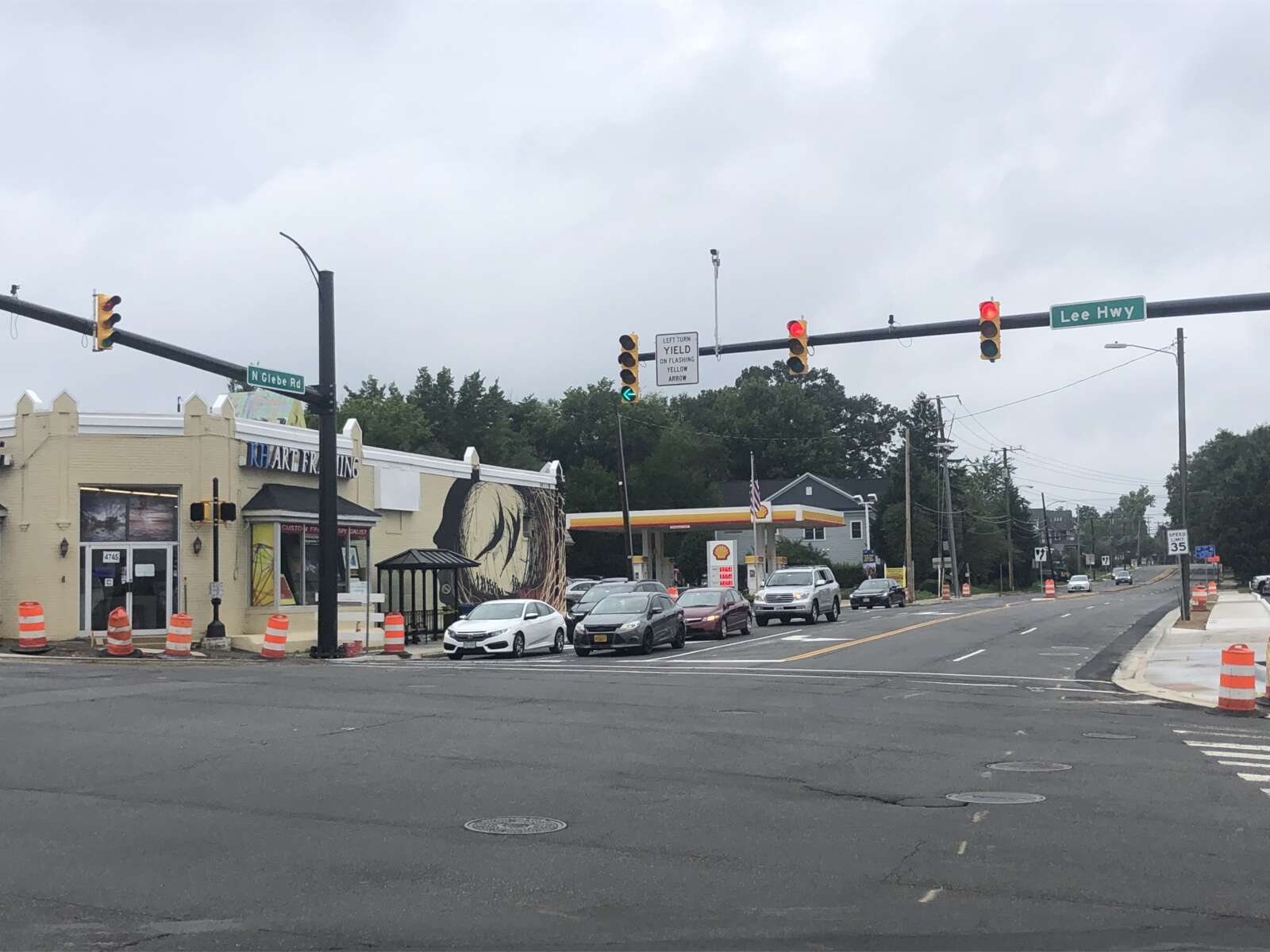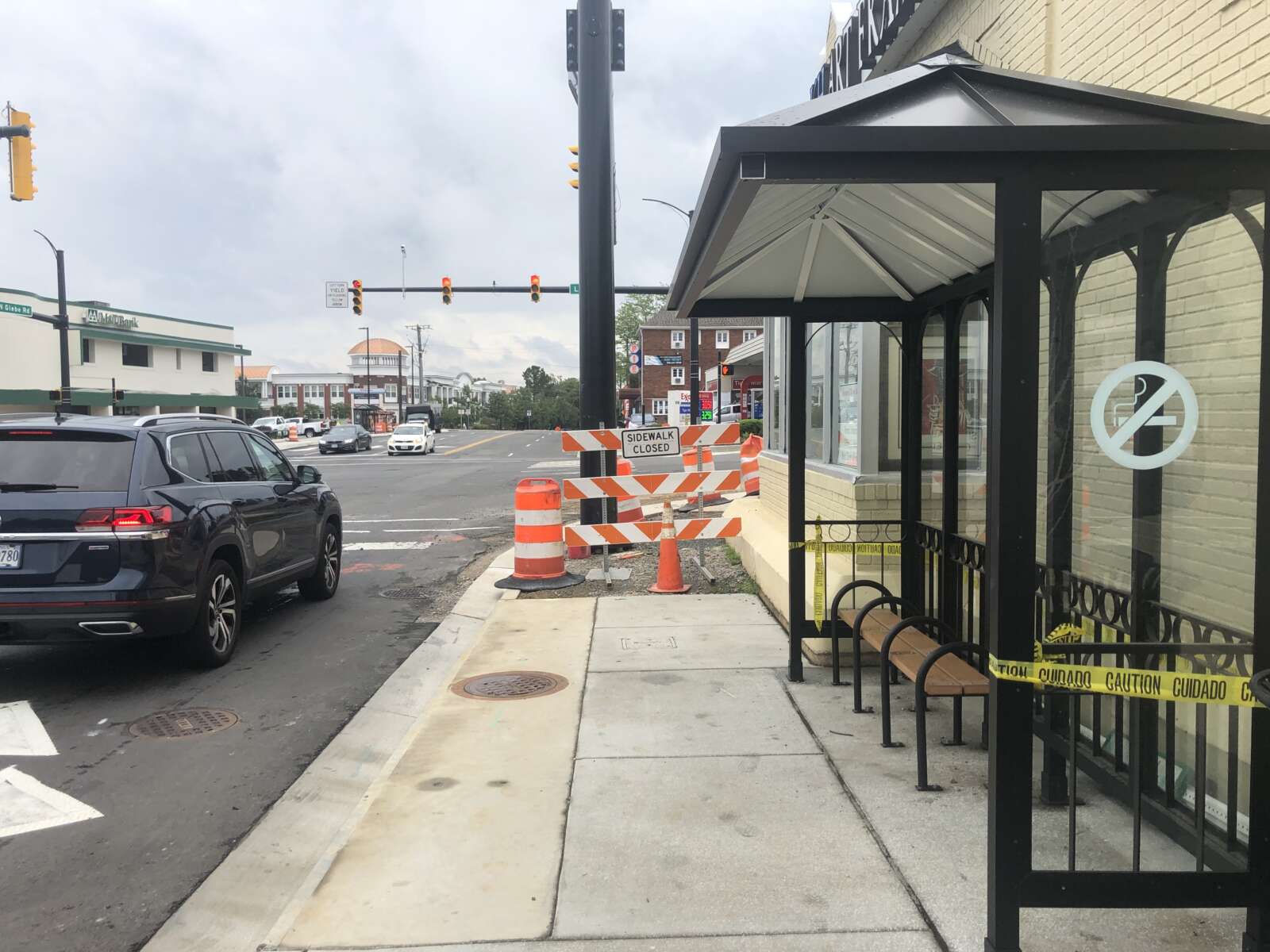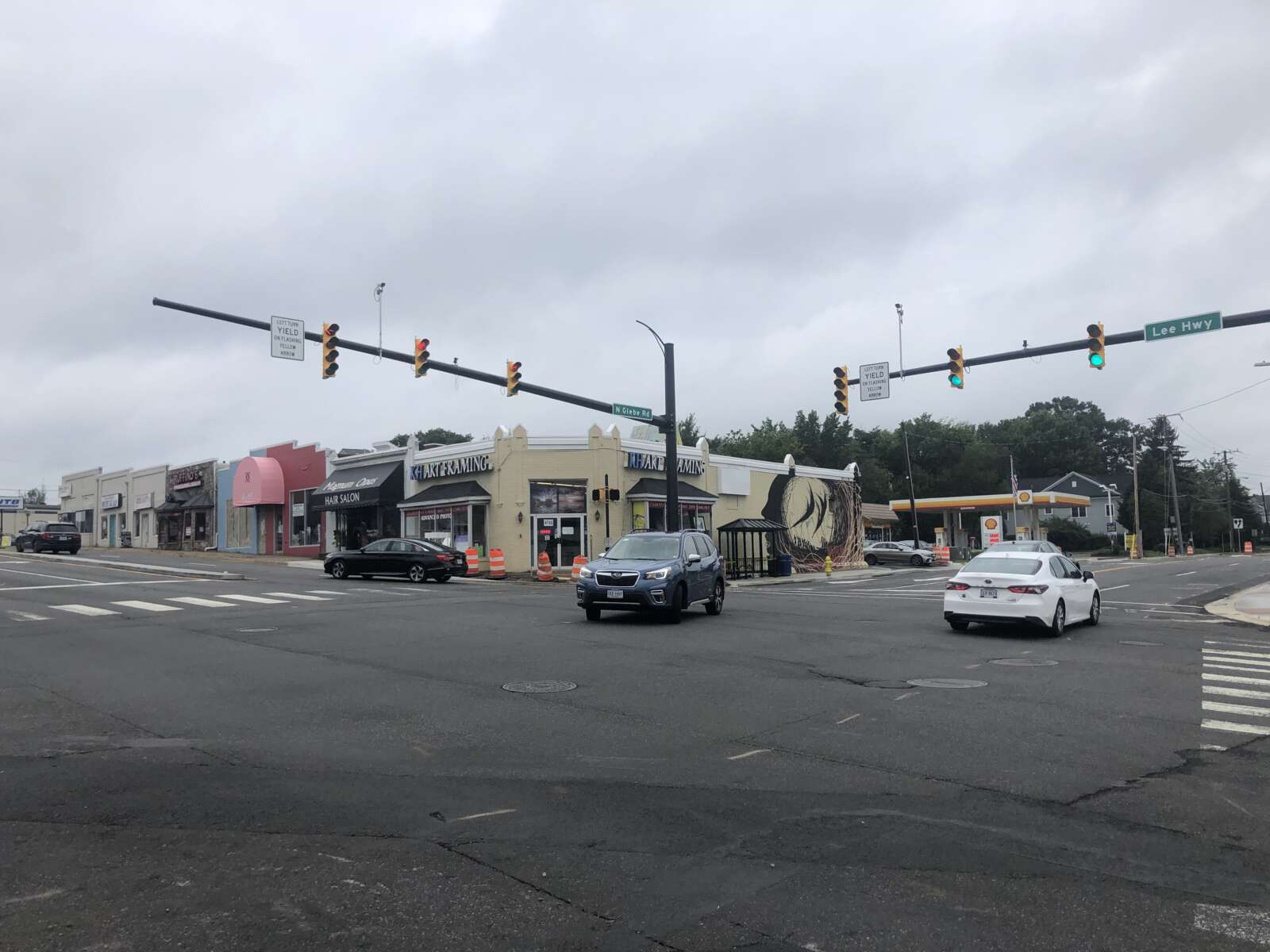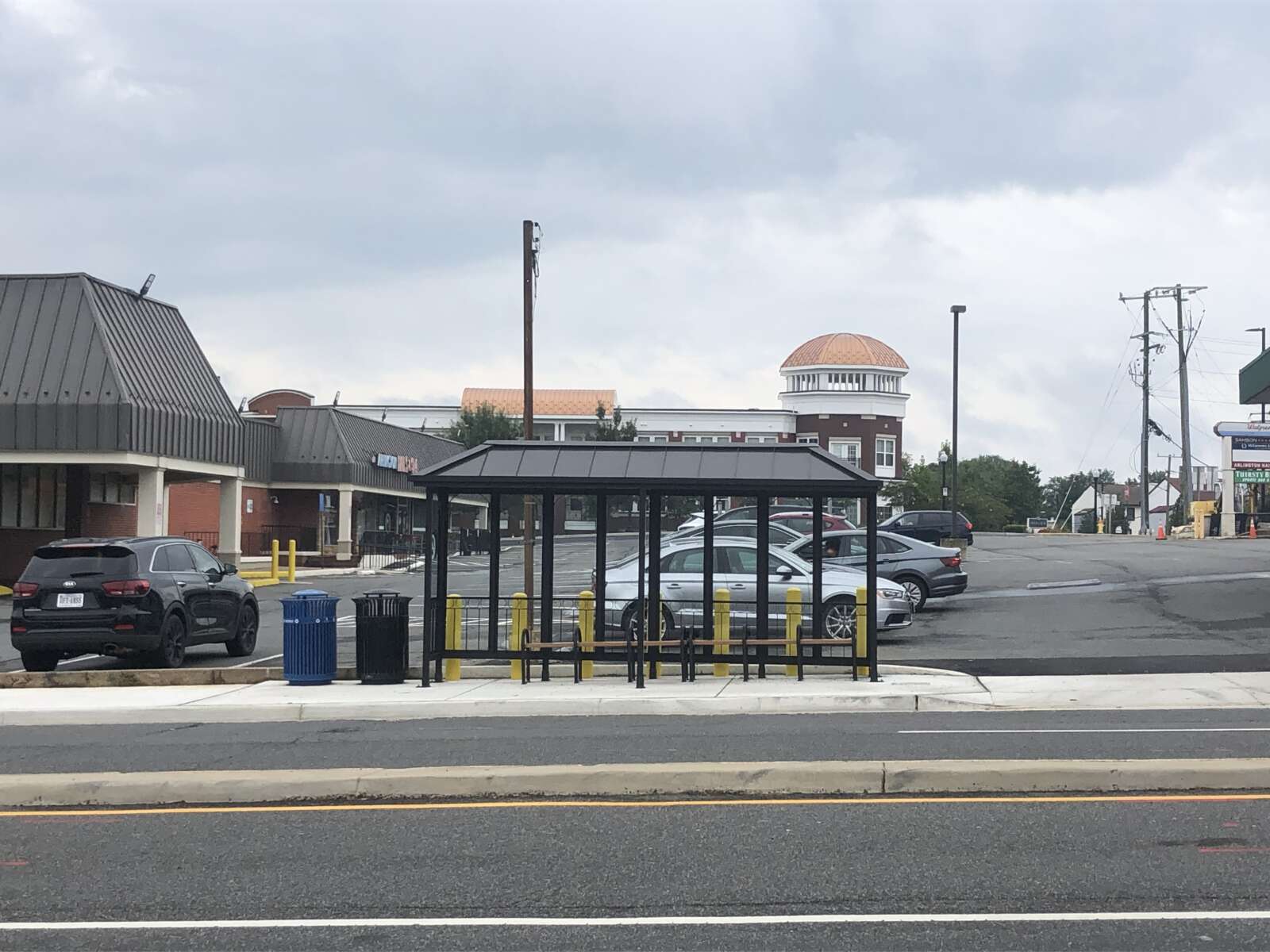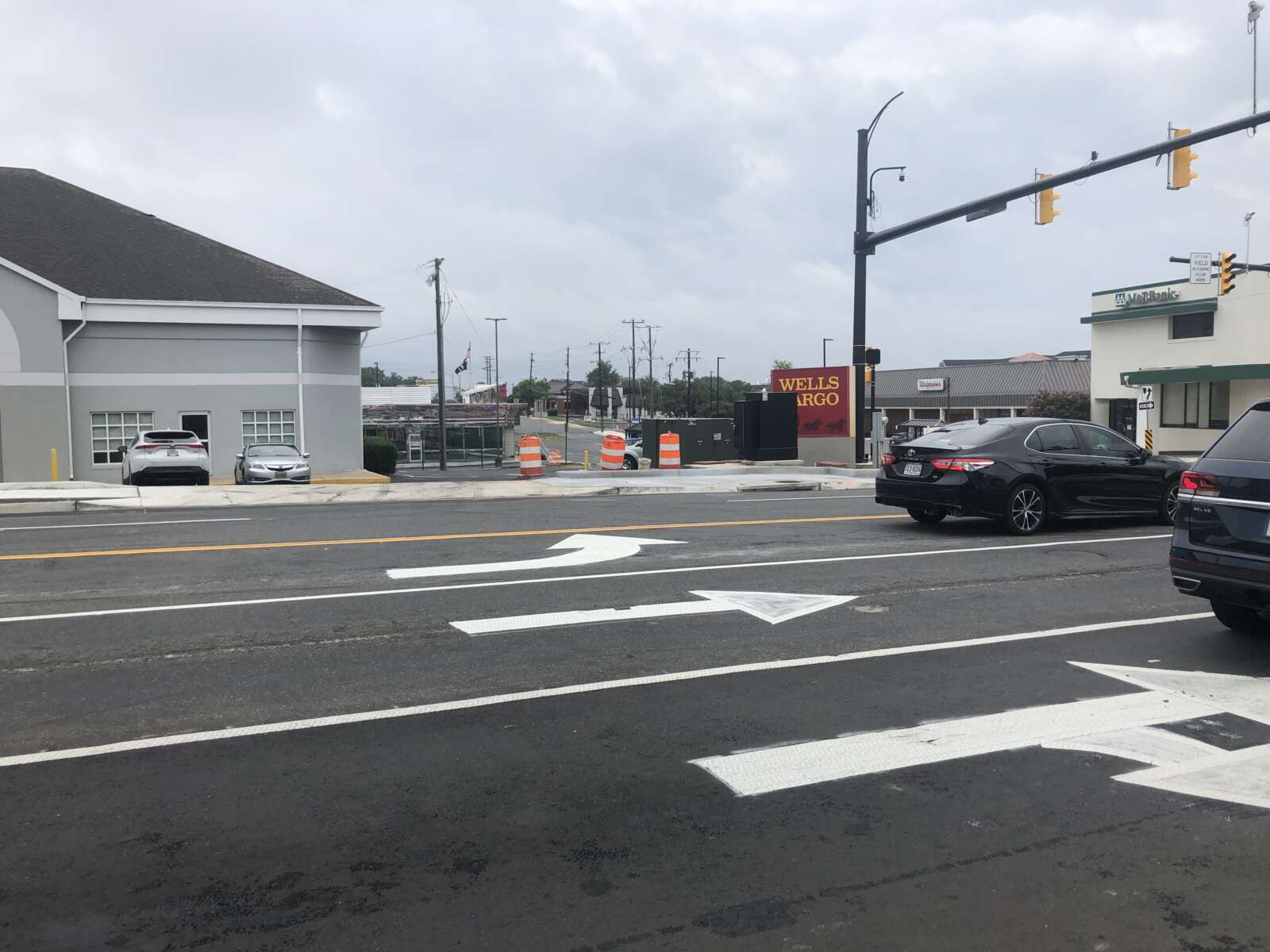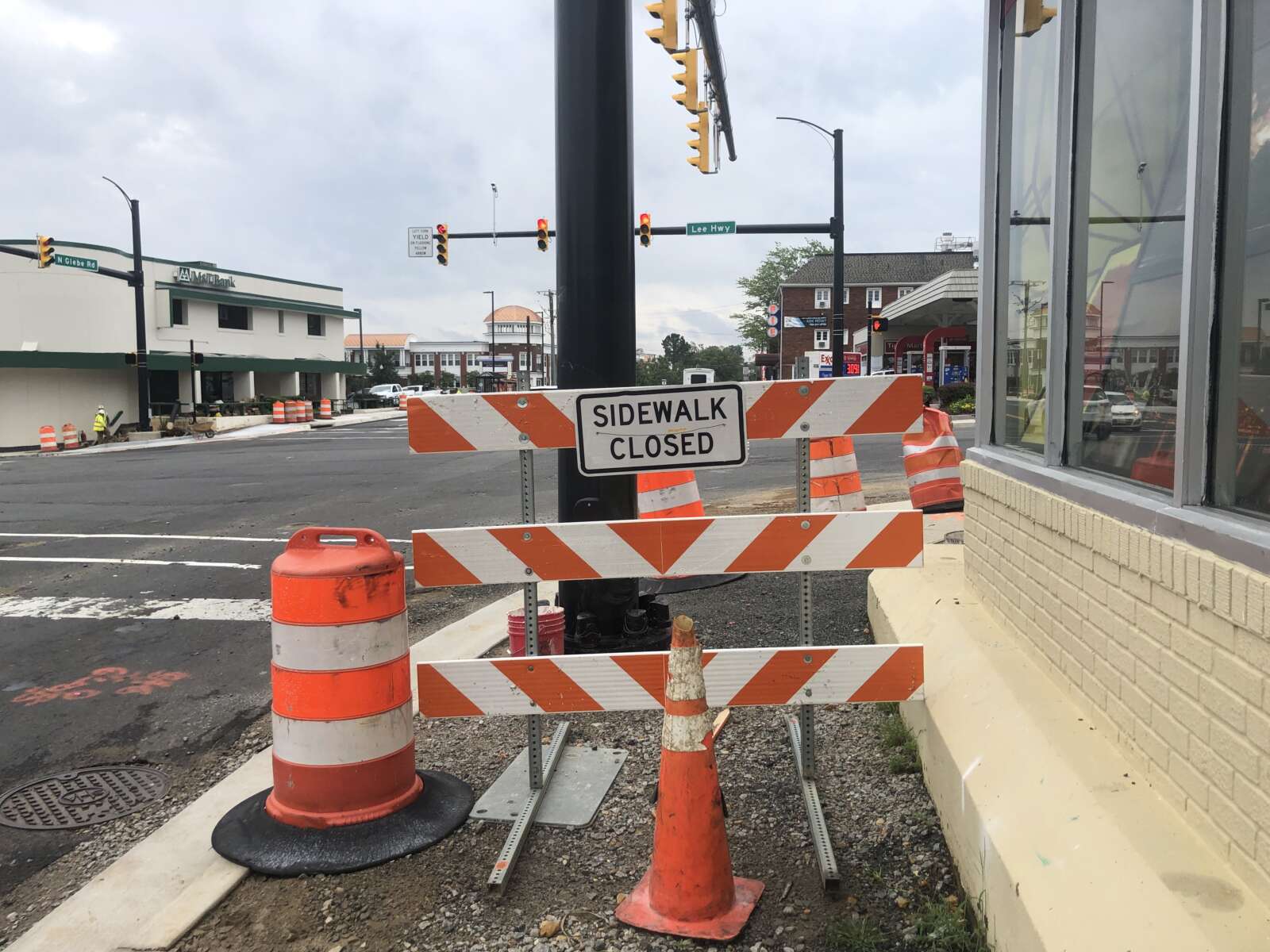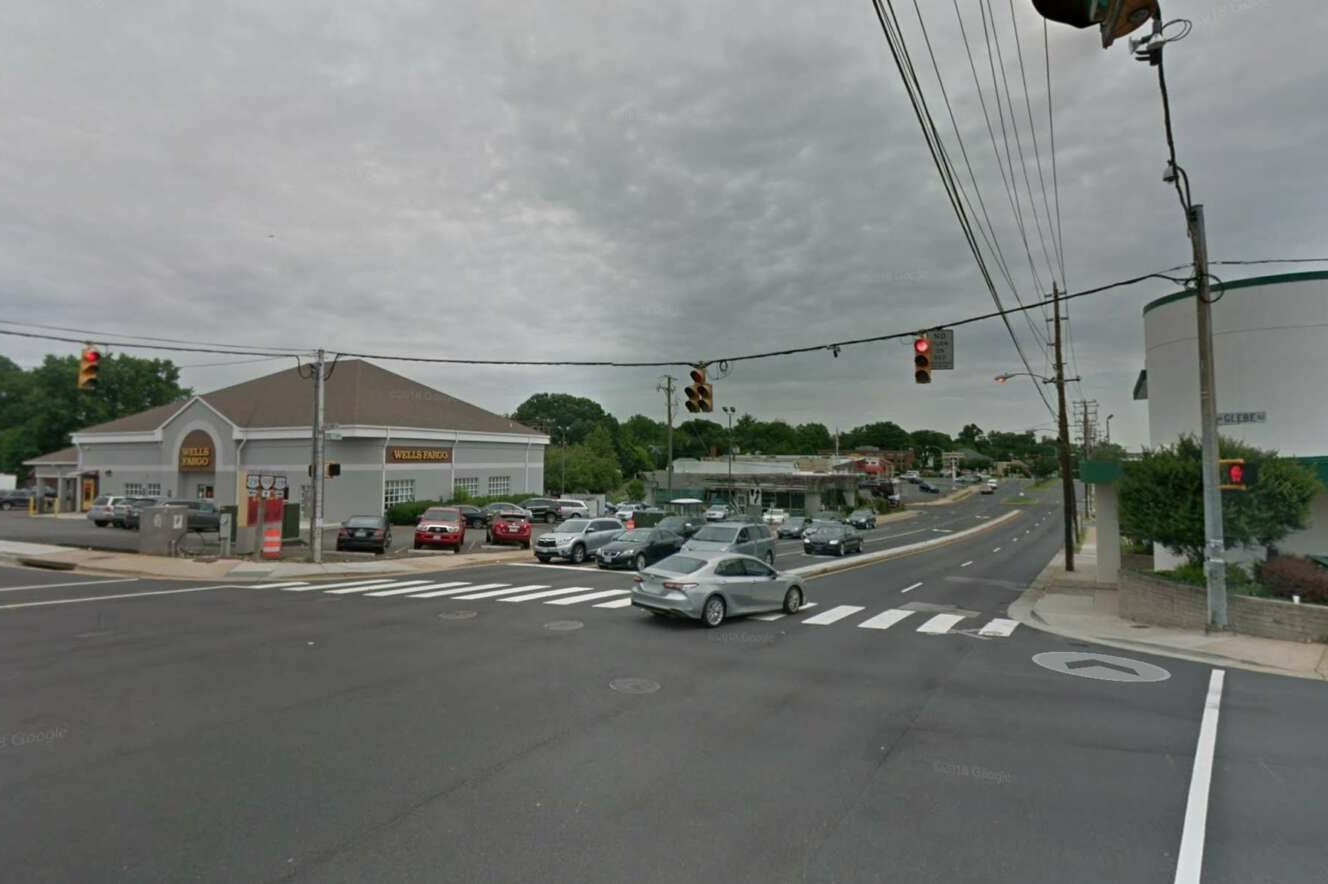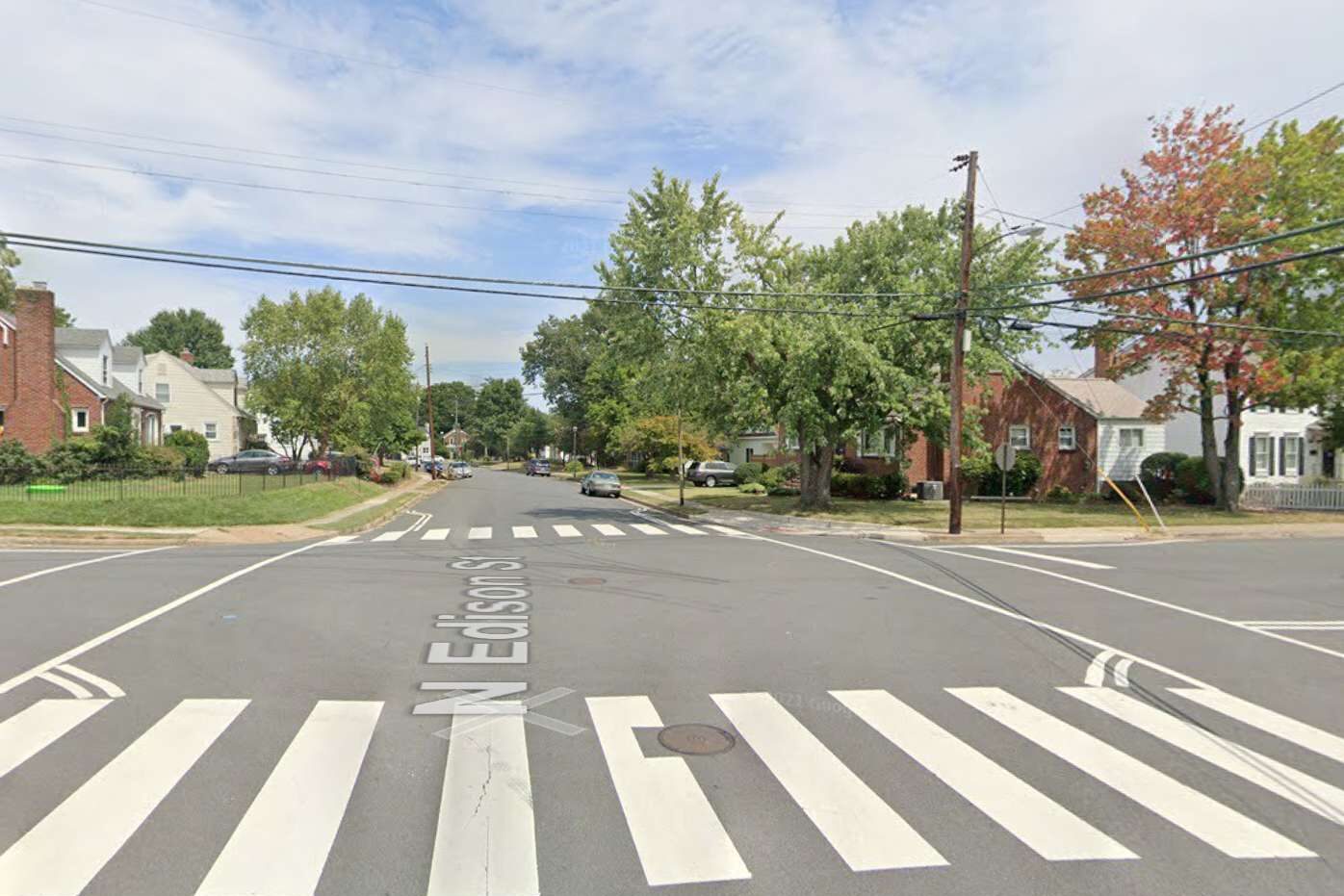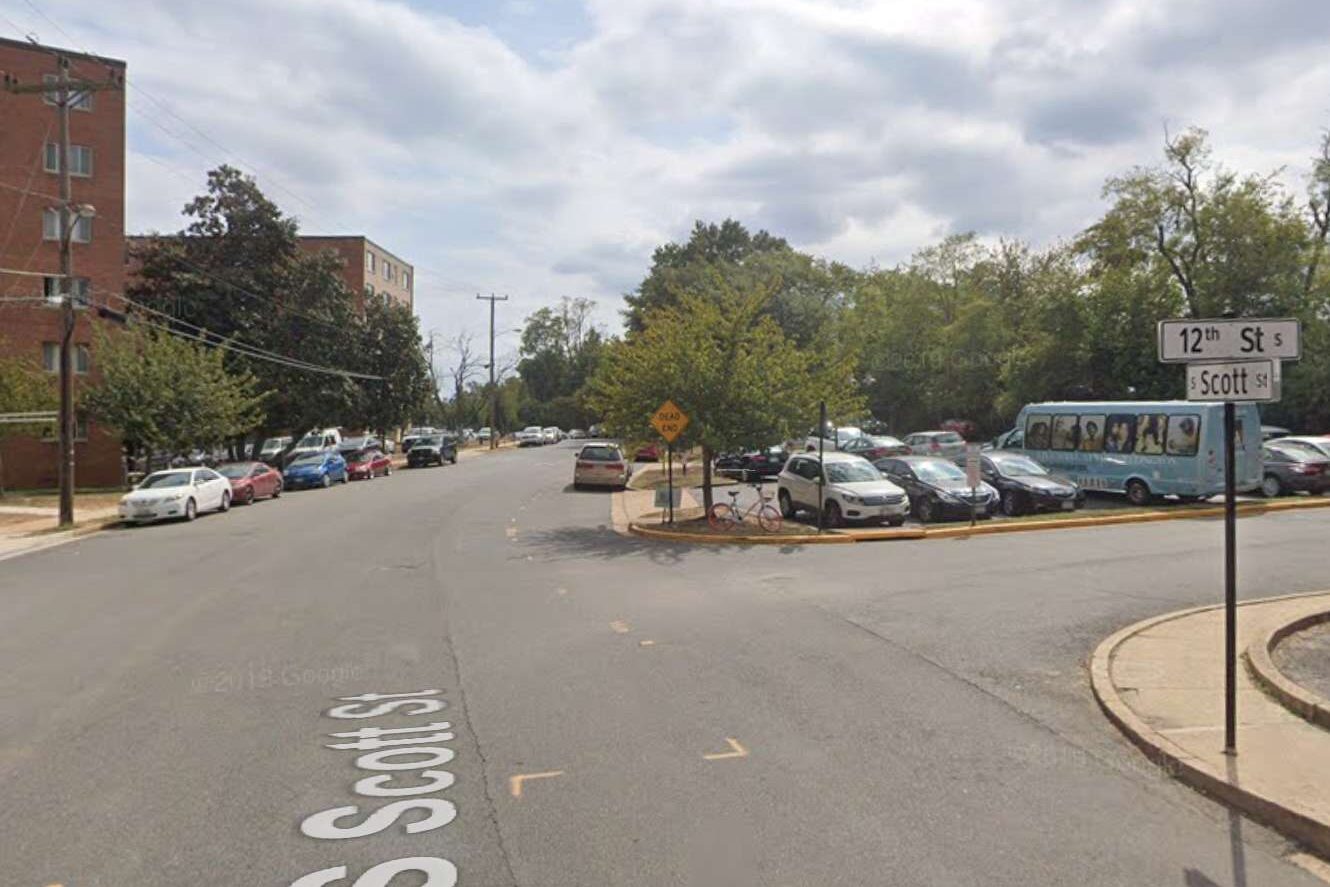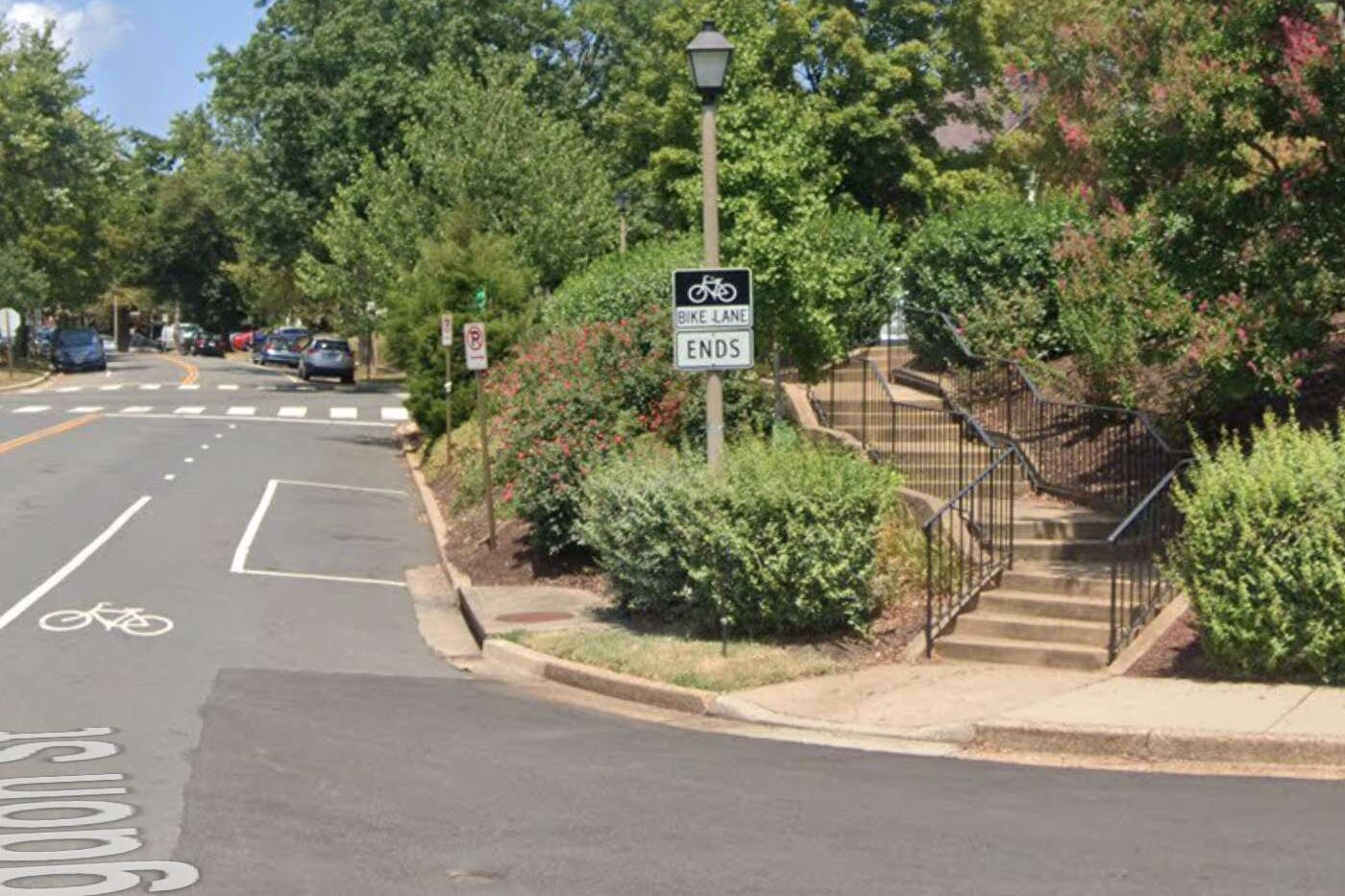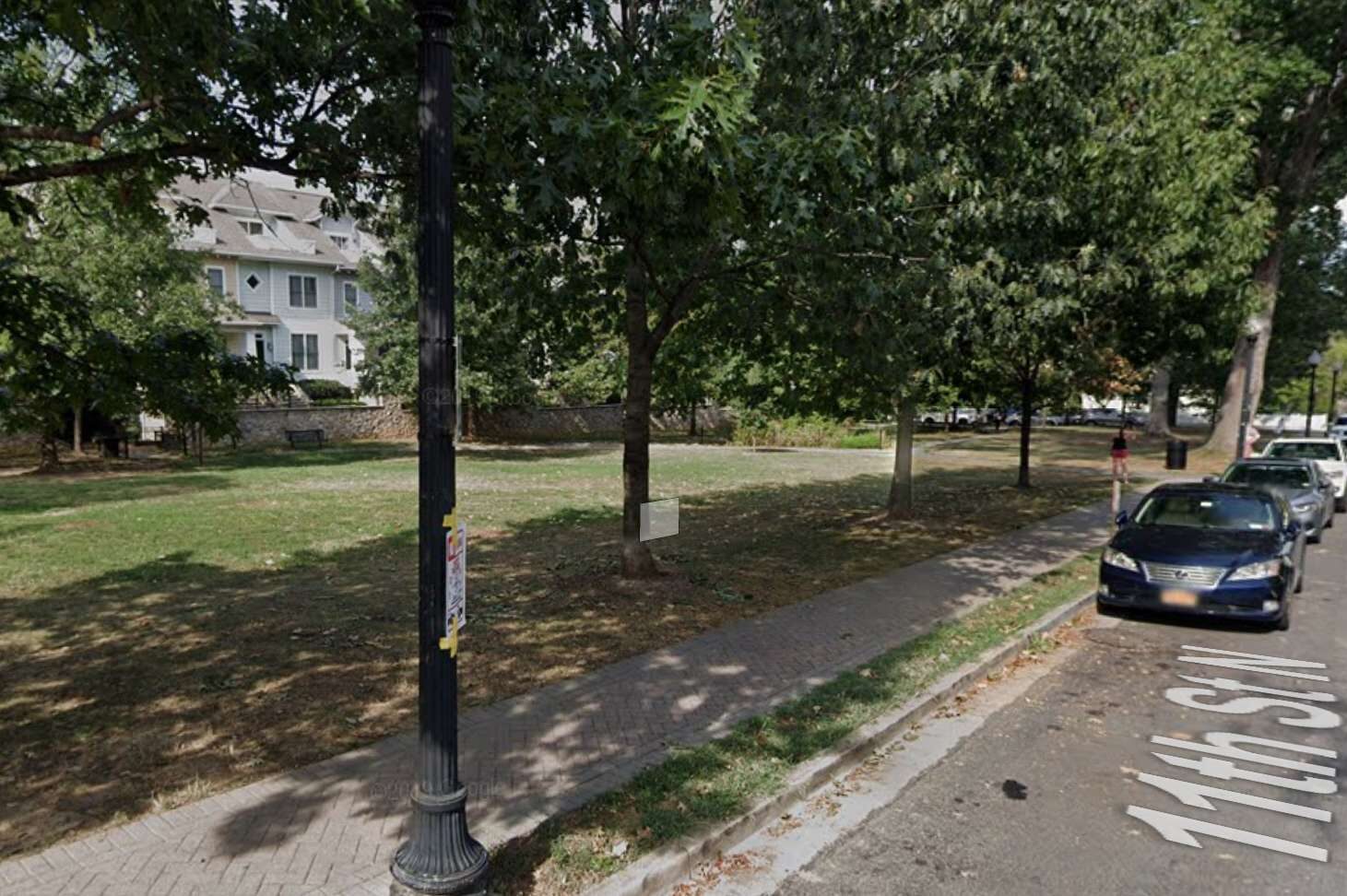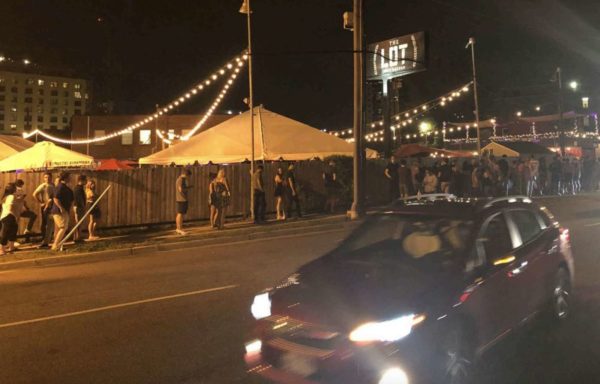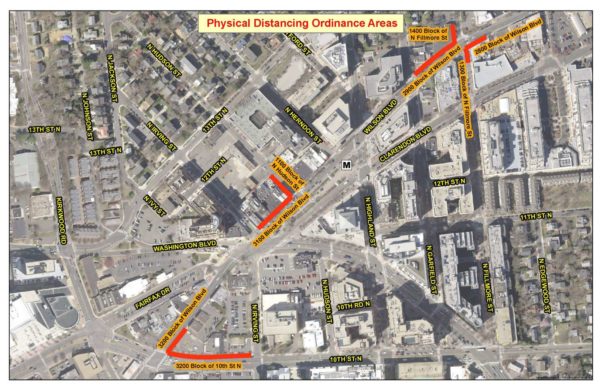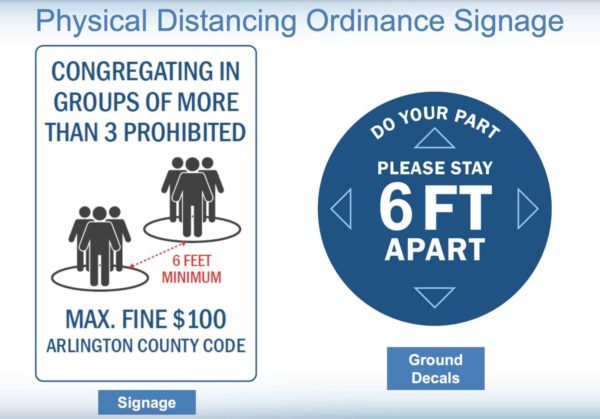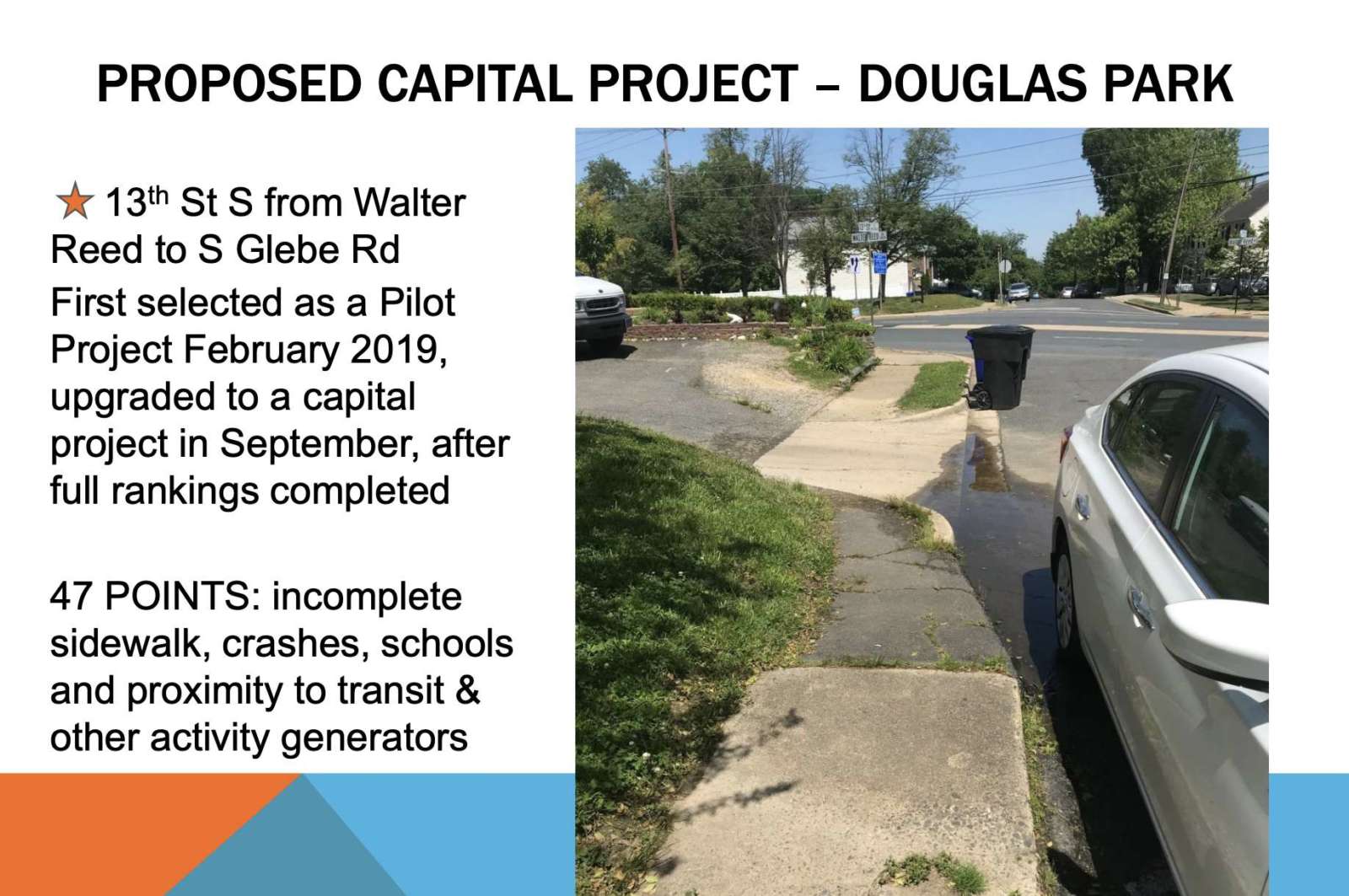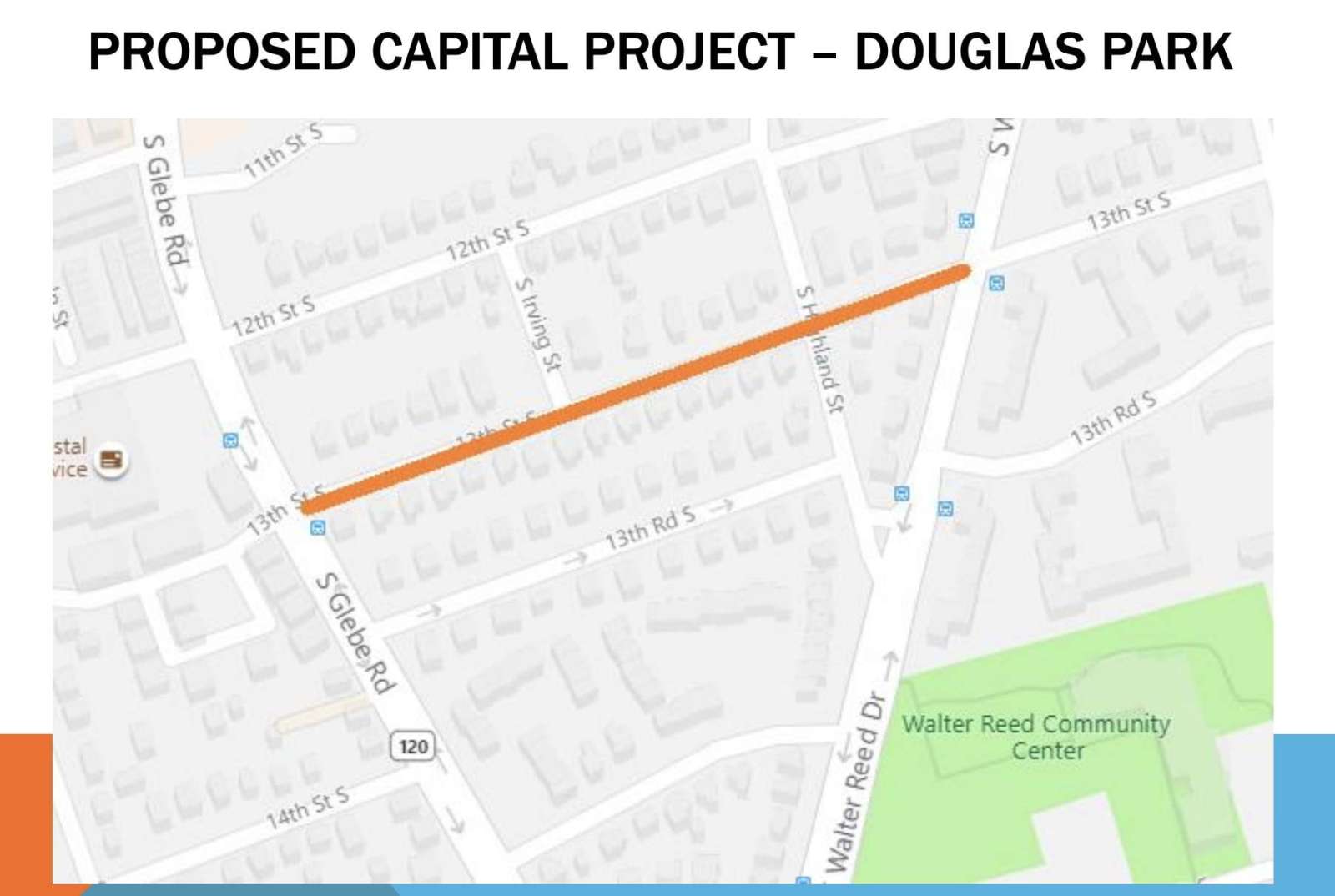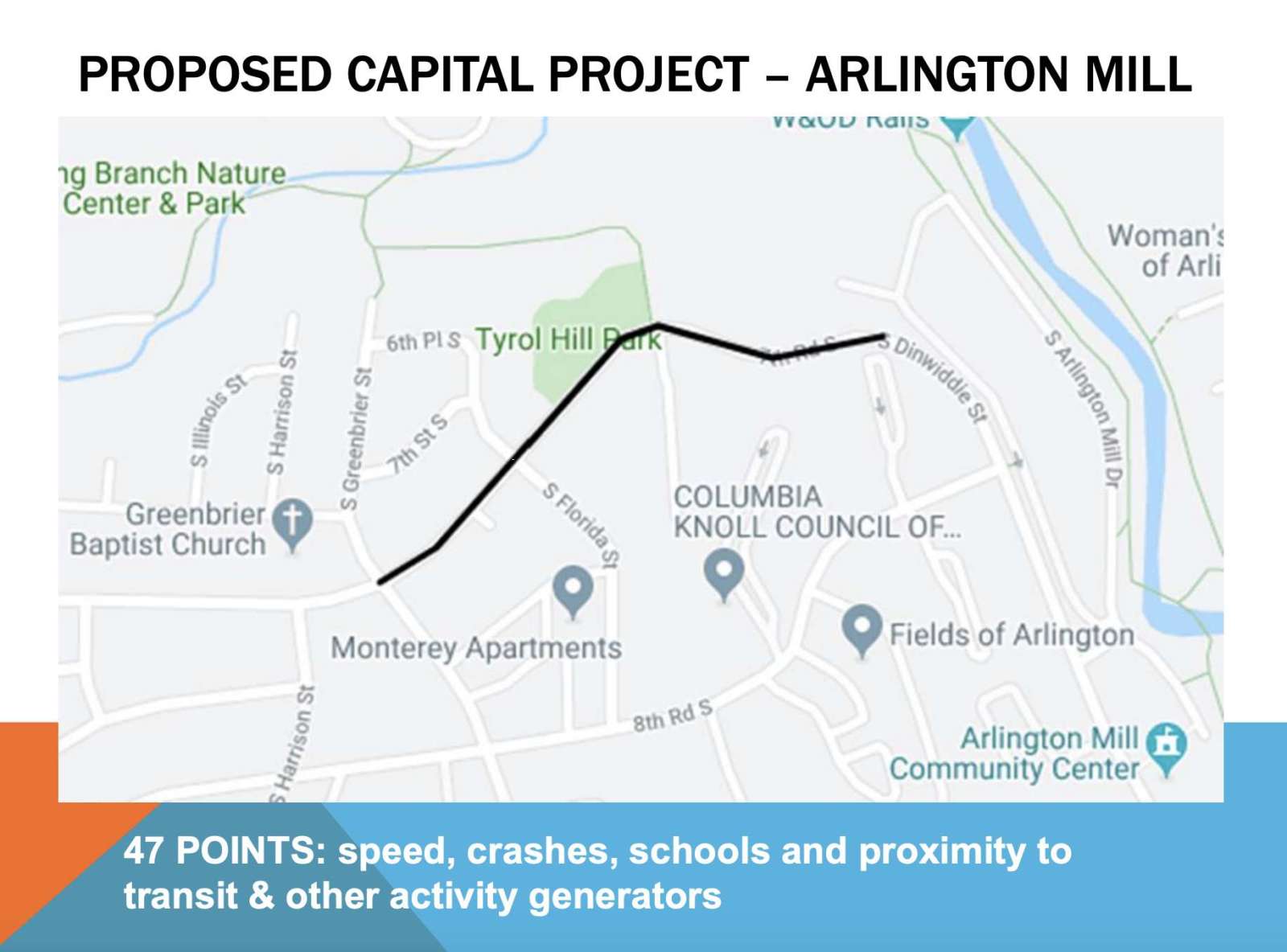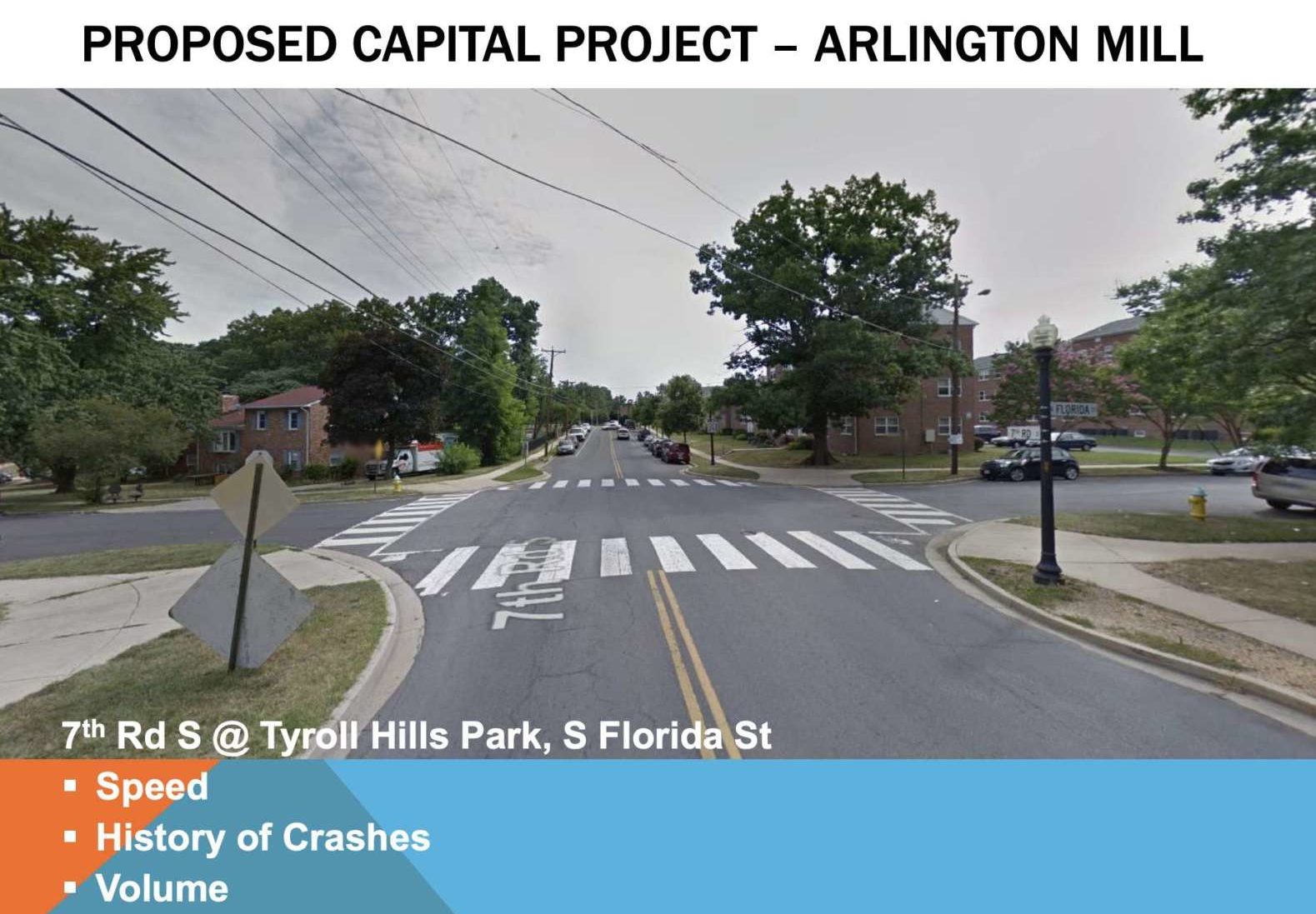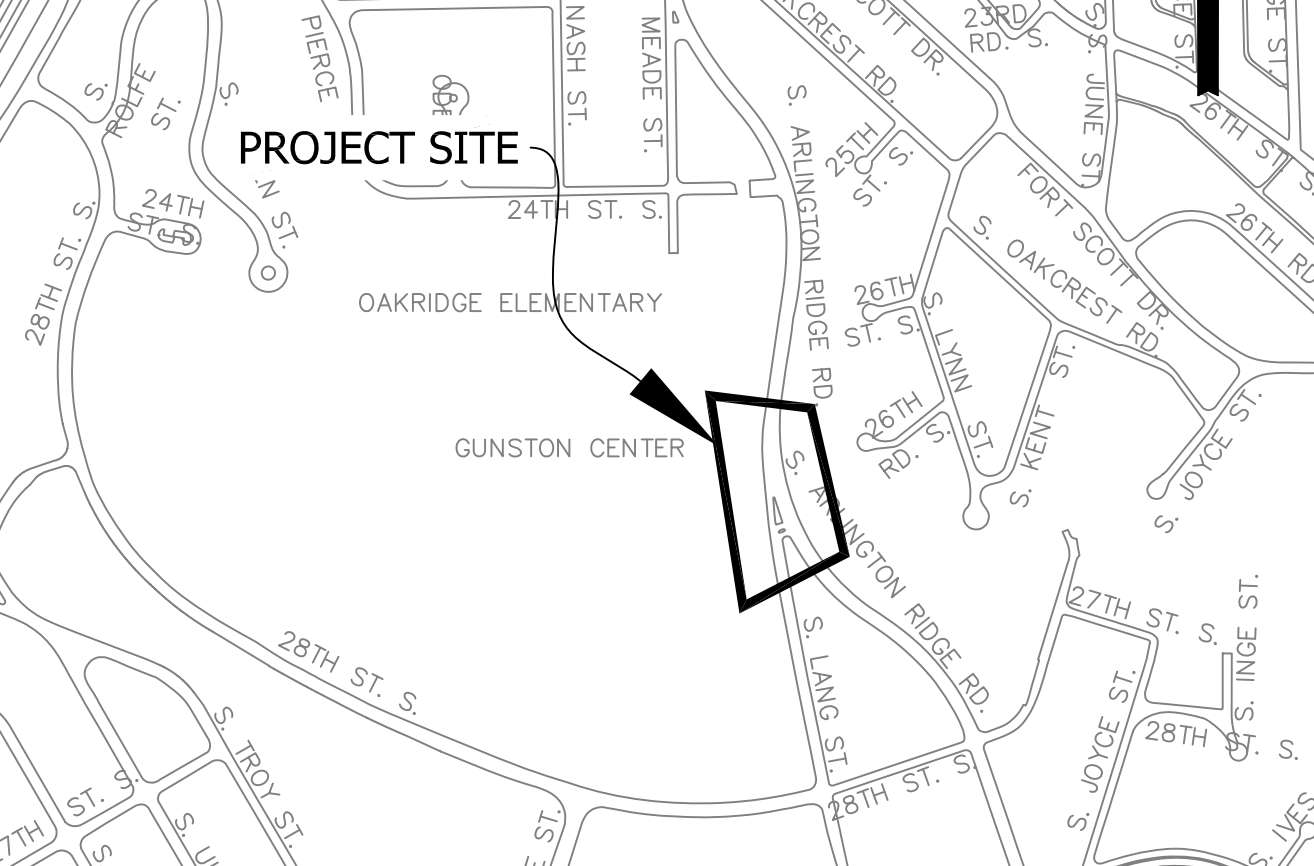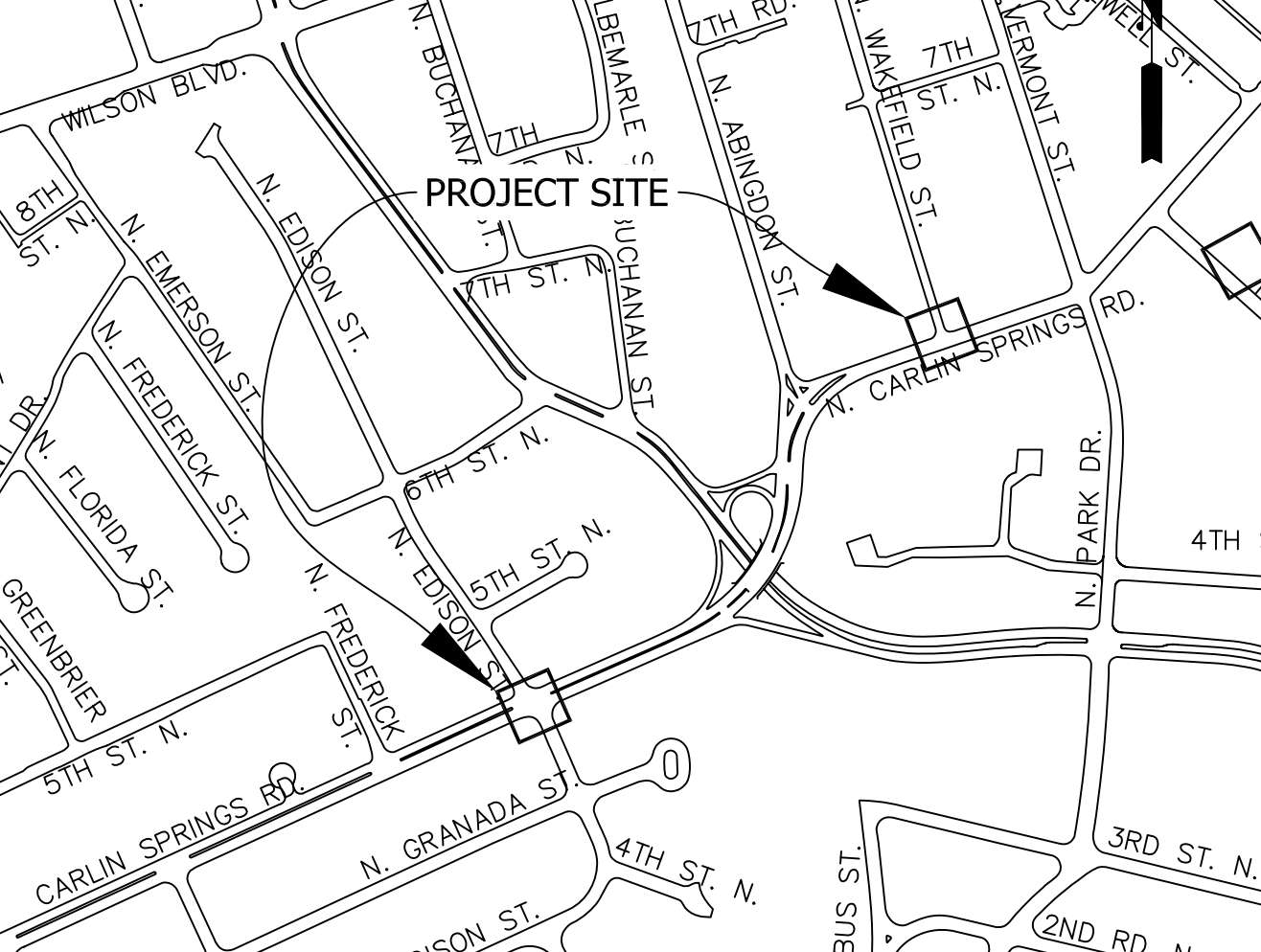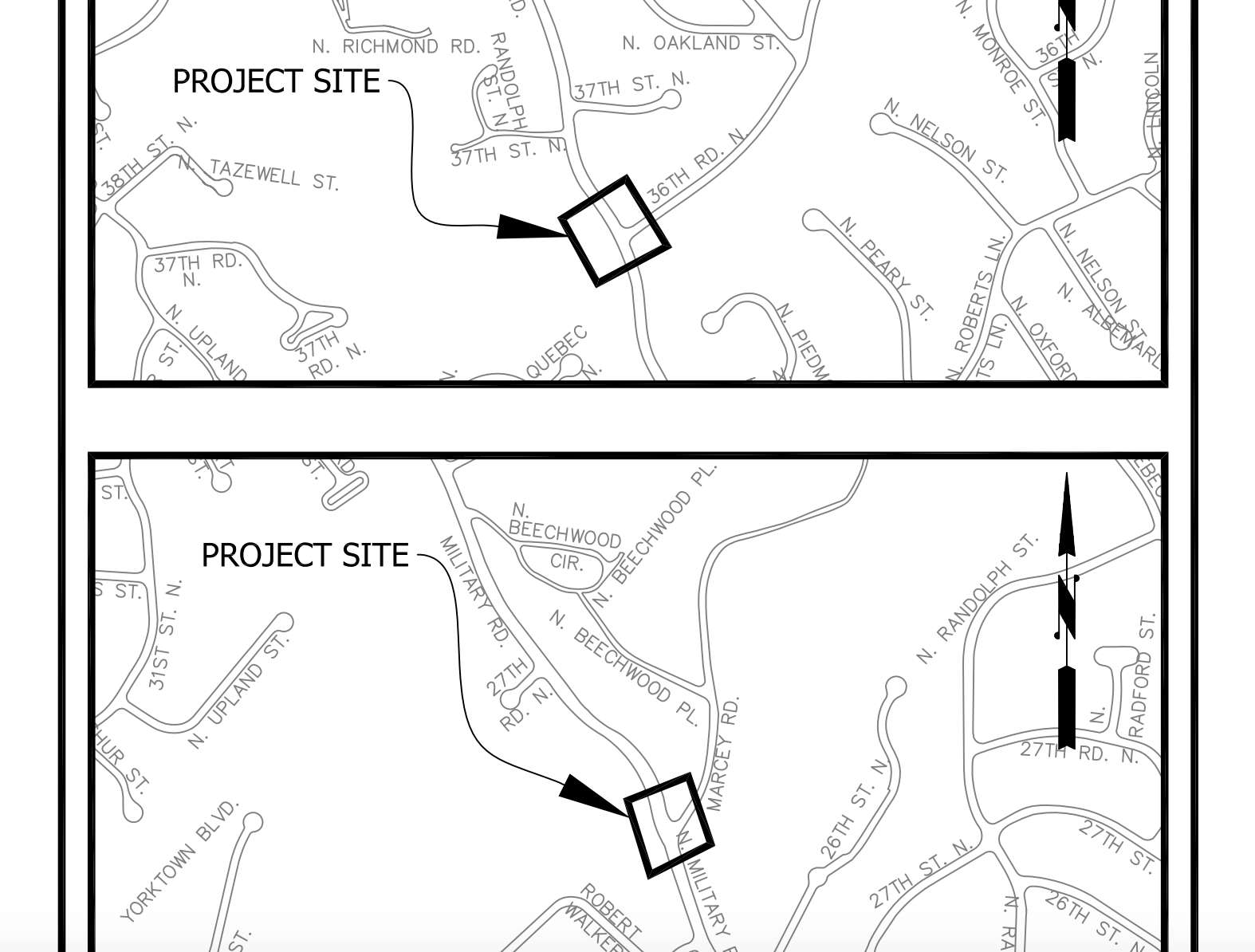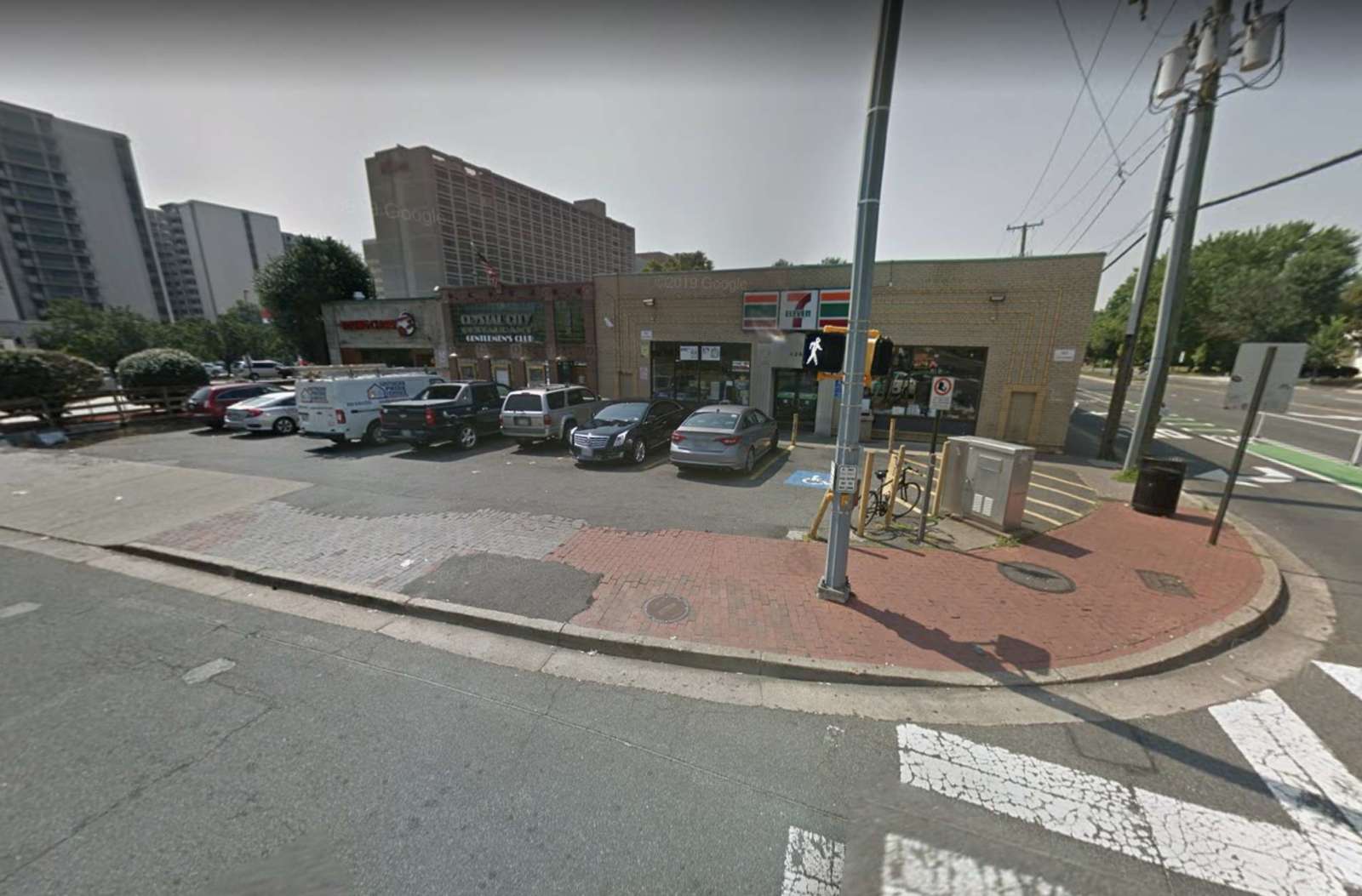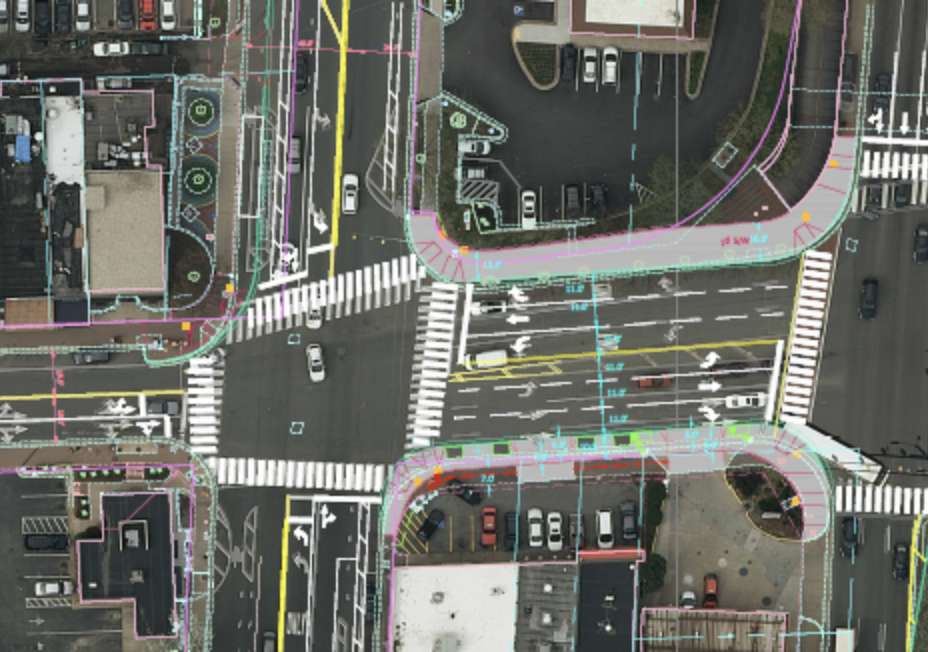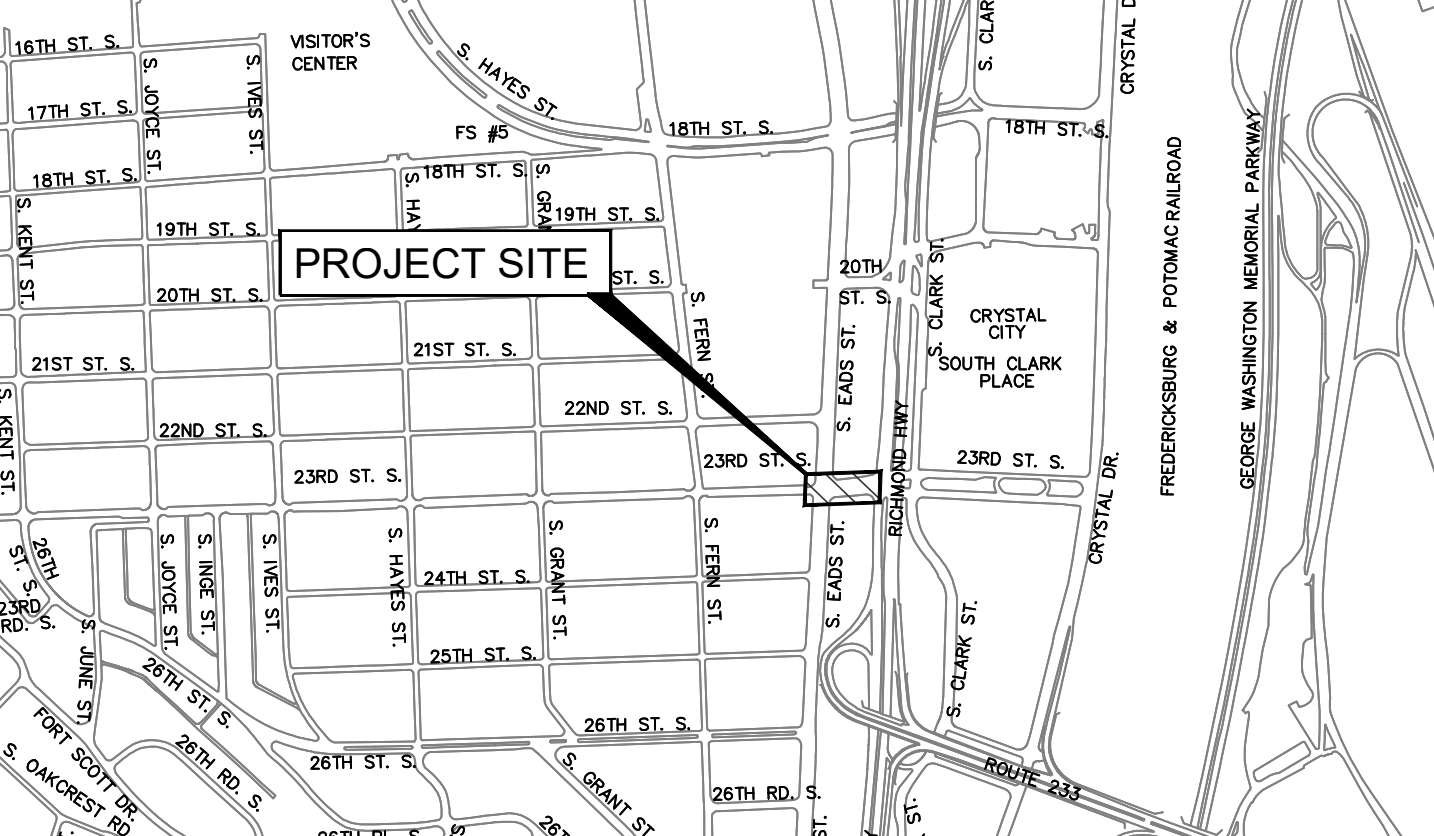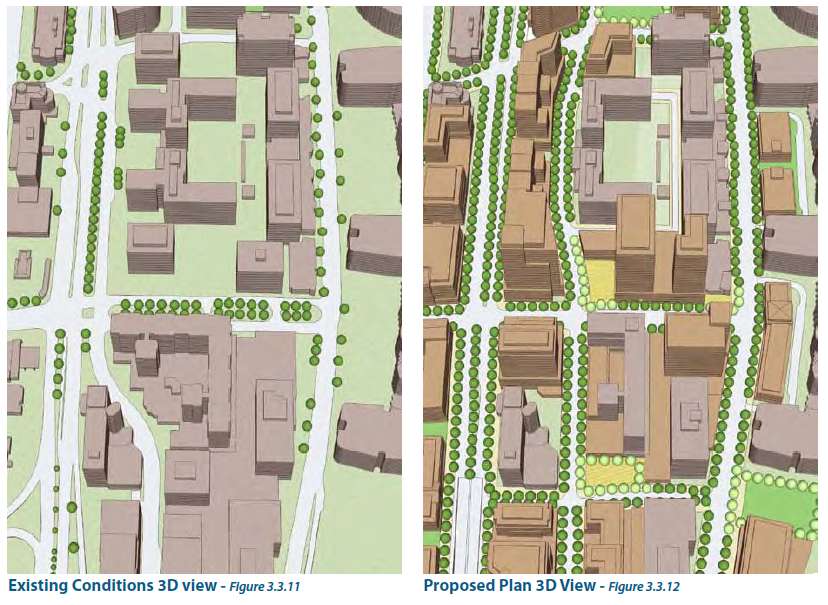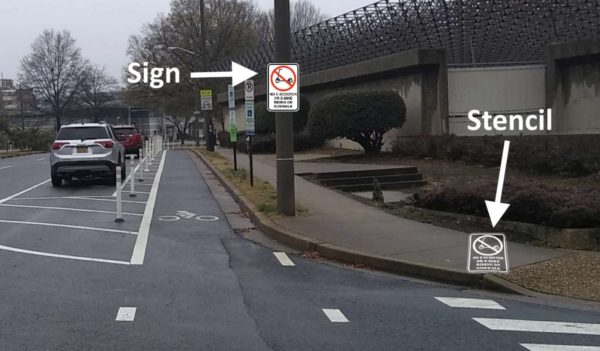A nearly $20 million project to make Boundary Channel Drive and the I-395 interchange near Crystal City and the Pentagon safer has resulted in significant traffic pattern changes.
Last week, the Virginia Dept. of Transportation permanently closed two ramps: the southbound I-395 ramp to eastbound Boundary Channel Drive and the eastbound Boundary Channel Drive ramp to southbound I-395.
The closures will allow VDOT to reconfigure the ramps between I-395, Boundary Channel Drive and Long Bridge Drive.
The traffic pattern changes are the next step in a multi-year project to upgrade this area for drivers and make pedestrian and cycling improvements nearby. After two years of design work, construction began in September 2022 and will continue through early 2024.
“The project aims to improve safety and operations on that stretch of southbound 395,” Mike Murphy, a spokesman for VDOT, told ARLnow. “One such way is closing those two ramps in order to eliminate and mitigate some of the weaving areas, or spots where you have vehicles trying to get on southbound 395 mixing with vehicles trying to get off.”
The ramp closures will require drivers to do the following:
- Southbound I-395 drivers must now use Exit 10A to access both westbound and eastbound Boundary Channel Drive via the western roundabout.
- Eastbound Boundary Channel Drive drivers must now use the western roundabout to access southbound I-395 via the same loop ramp used by westbound Boundary Channel Drive drivers to access southbound I-395.
ICYMI yesterday… #Arlington: Fri 12/1 @ 5 am, ramps between SB I-395 & EB Boundary Channel Dr to close FOR GOOD. SB I-395 drivers use Exit 10A to access EB Boundary Channel, EB Boundary Channel drivers use the roundabout to access SB I-395.
More: https://t.co/pYrgPOgeOk pic.twitter.com/kruPQIov8Q
— VDOT Northern VA (@VaDOTNOVA) November 30, 2023
Ahead of the closure, public safety watchdog Dave Statter posted to social media a highlight video of the notorious section of highway.
Here, reckless drivers could be seen backing up, crossing multiple lanes of highway traffic and pulling other stunts to circumvent bollards and access the left-hand ramp to Route 1.
A tribute: Less than 12 hours left and I'm getting nostalgic and a bit teary-eyed. As @VaDOTNOVA alerted us yesterday, the ramp from Boundary Channel southbound to I-395S closes permanently at 5 a.m. Countless drivers have convinced themselves it's perfectly fine to dash almost… pic.twitter.com/Y1czlRDPbJ
— Dave Statter (@STATter911) November 30, 2023
The video included several memorable moments over the last two years, including when an Oscar Mayer Wienermobile and a Metro bus both tried the maneuver.
Statter and his videos got a shout out from VDOT as part of the closure announcement.
We have some news to report. As of Fri 12/1 at 5 am, the Boundary Channel Dr onramp to I-395 SB will be permanently closed. @STATter911 is our guy, but we'll be happy to see less of his crash videos from this location. #VaTraffic pic.twitter.com/yFjodYaE4y
— VDOT Northern VA (@VaDOTNOVA) November 29, 2023
Statter also observed that the Boundary Channel Drive onramp, set to close at 5 a.m. on Friday, made it through one more rush hour.
“Did the governor give a short reprieve on the death sentence for the Boundary Channel ramp to I-395S?” he said on X, the platform formerly known as Twitter. “Besides @VaDOTNOVA crews, this bus and contractor’s van appear to be the last vehicles on the ramp just before 8:45 a.m.”
Murphy confirmed that the ramp from southbound I-395 to eastbound Boundary Channel Drive — the one with the green overhead sign saying “Exit 9 to Clark St” — closed around 4:30 a.m. on Friday. The ramp from eastbound Boundary Channel Drive to southbound I-395 closed around 8:45 a.m. Friday.


